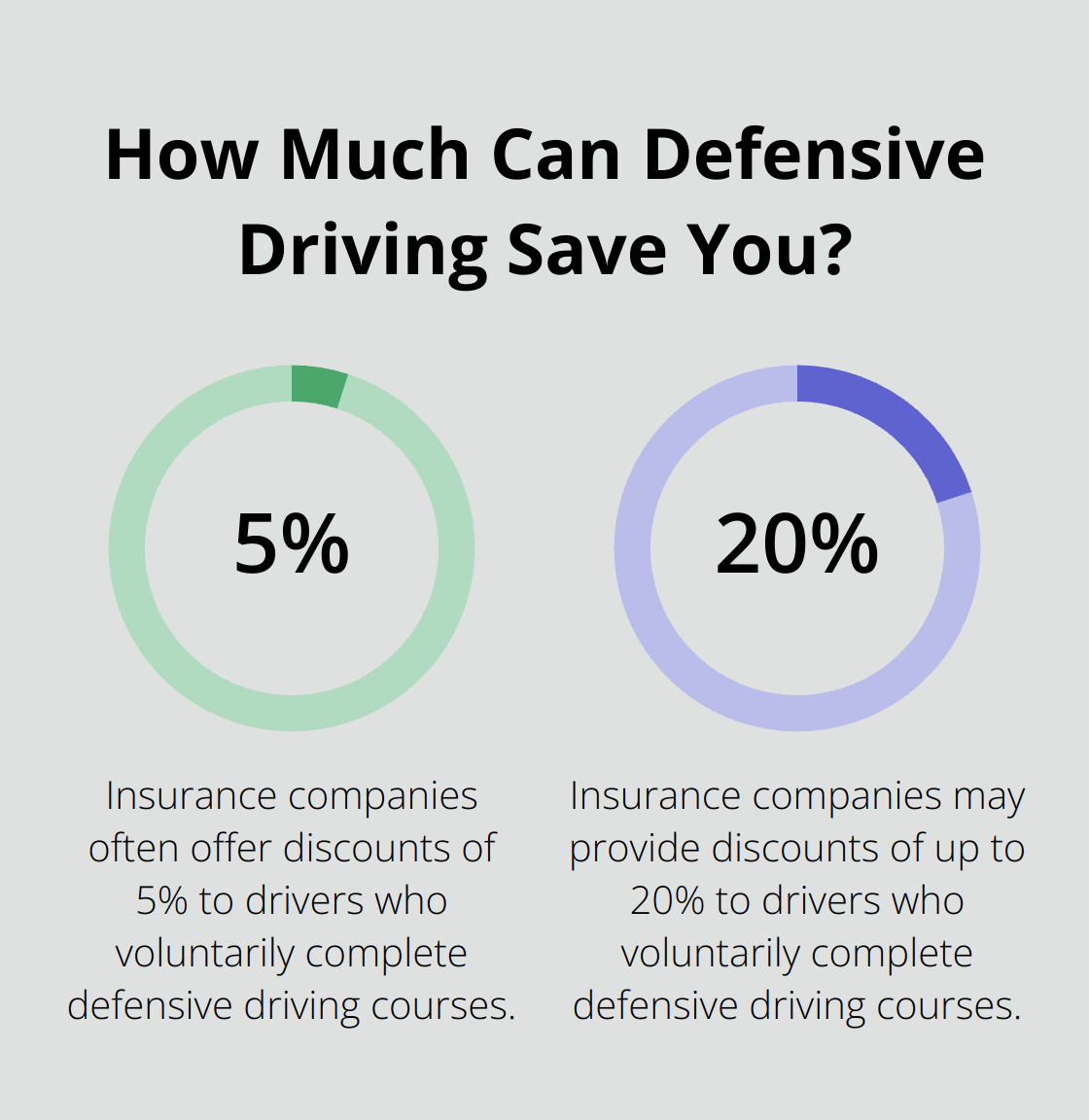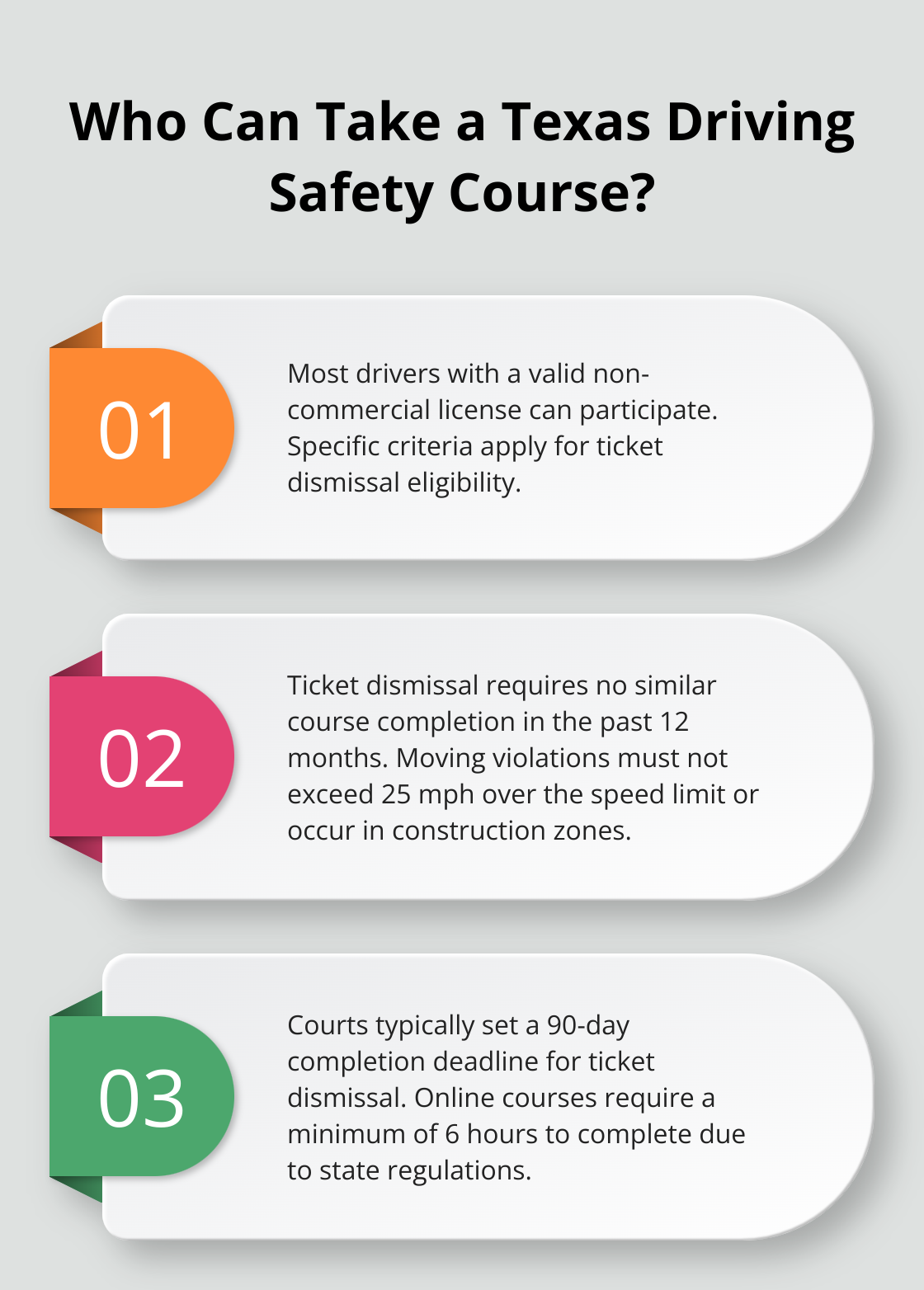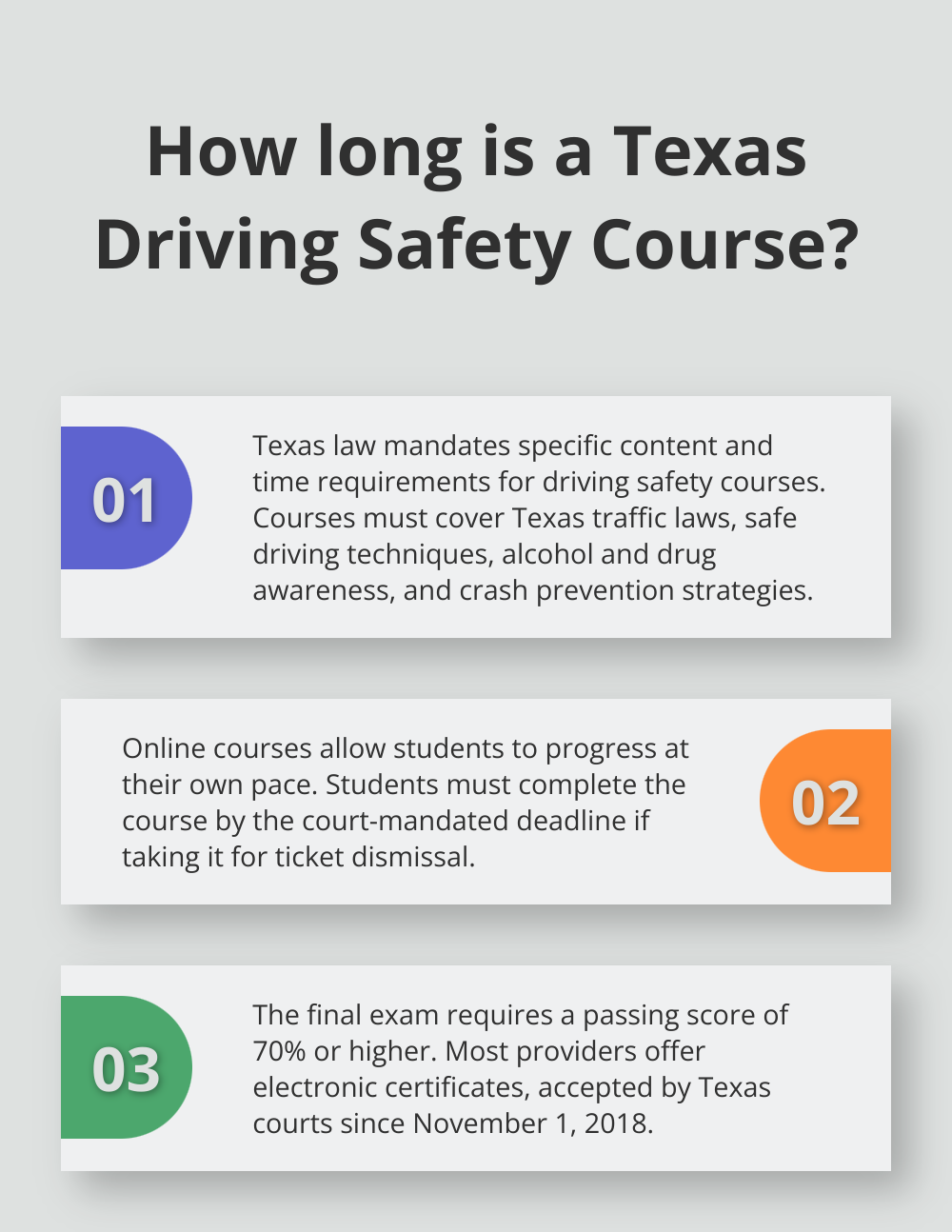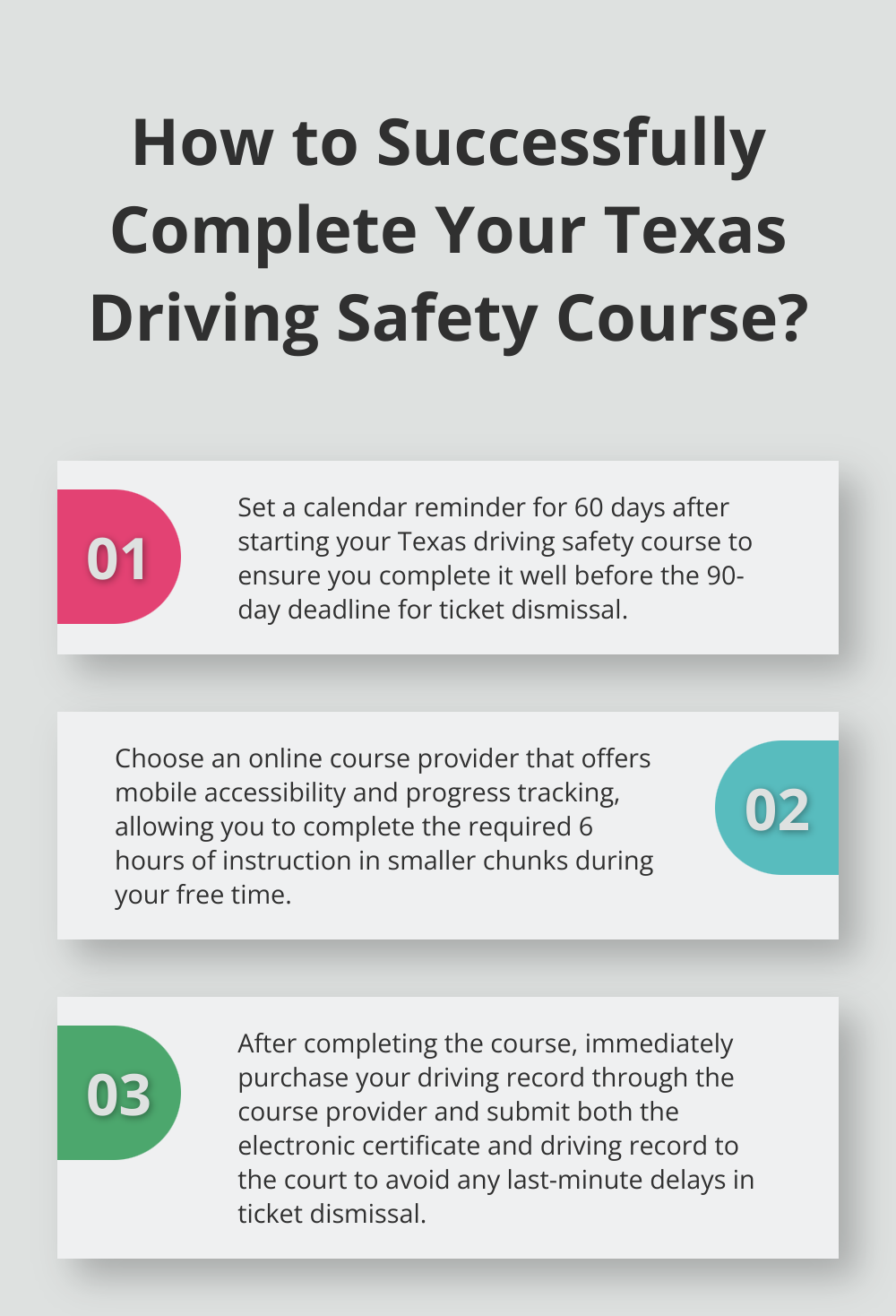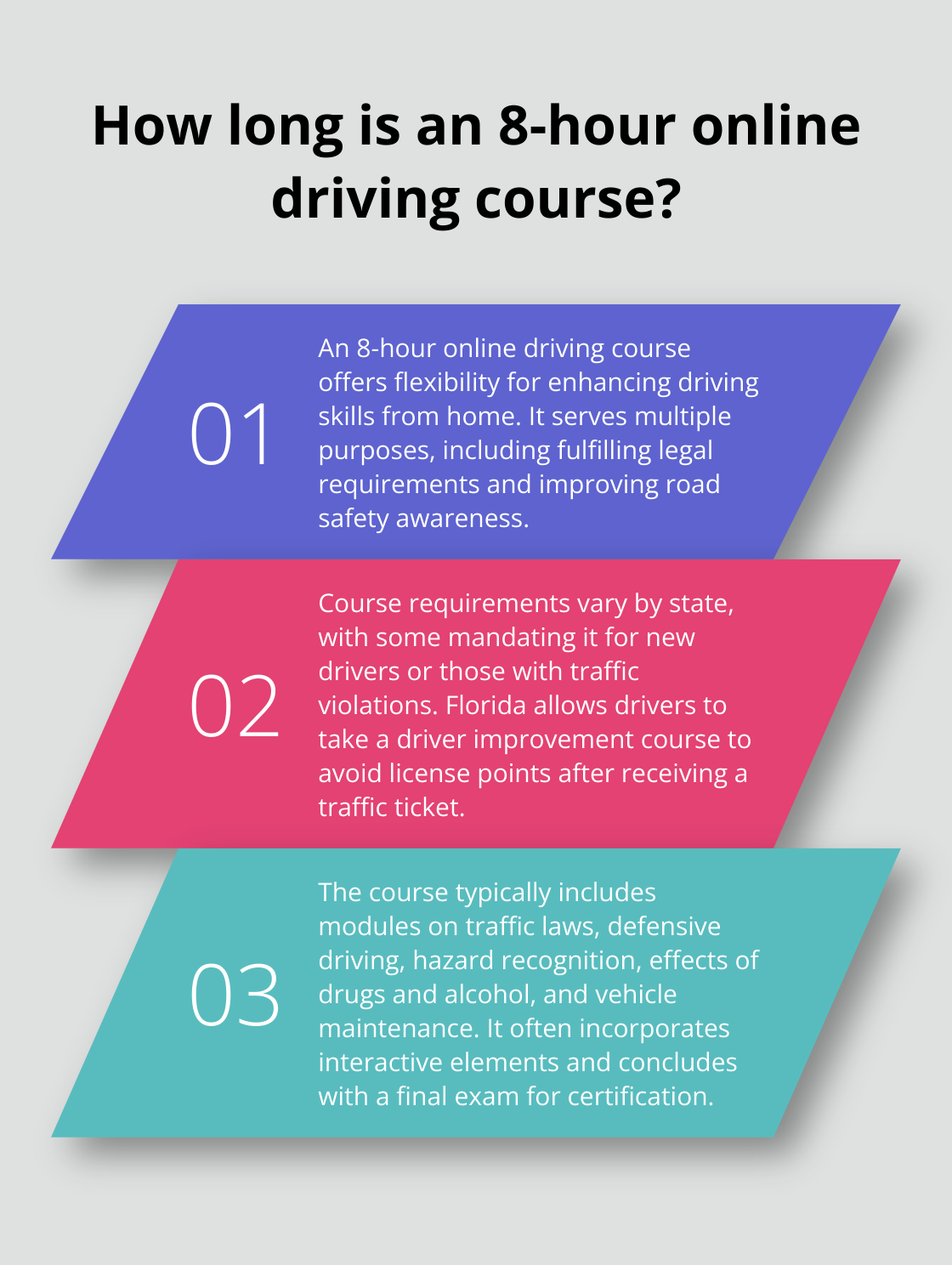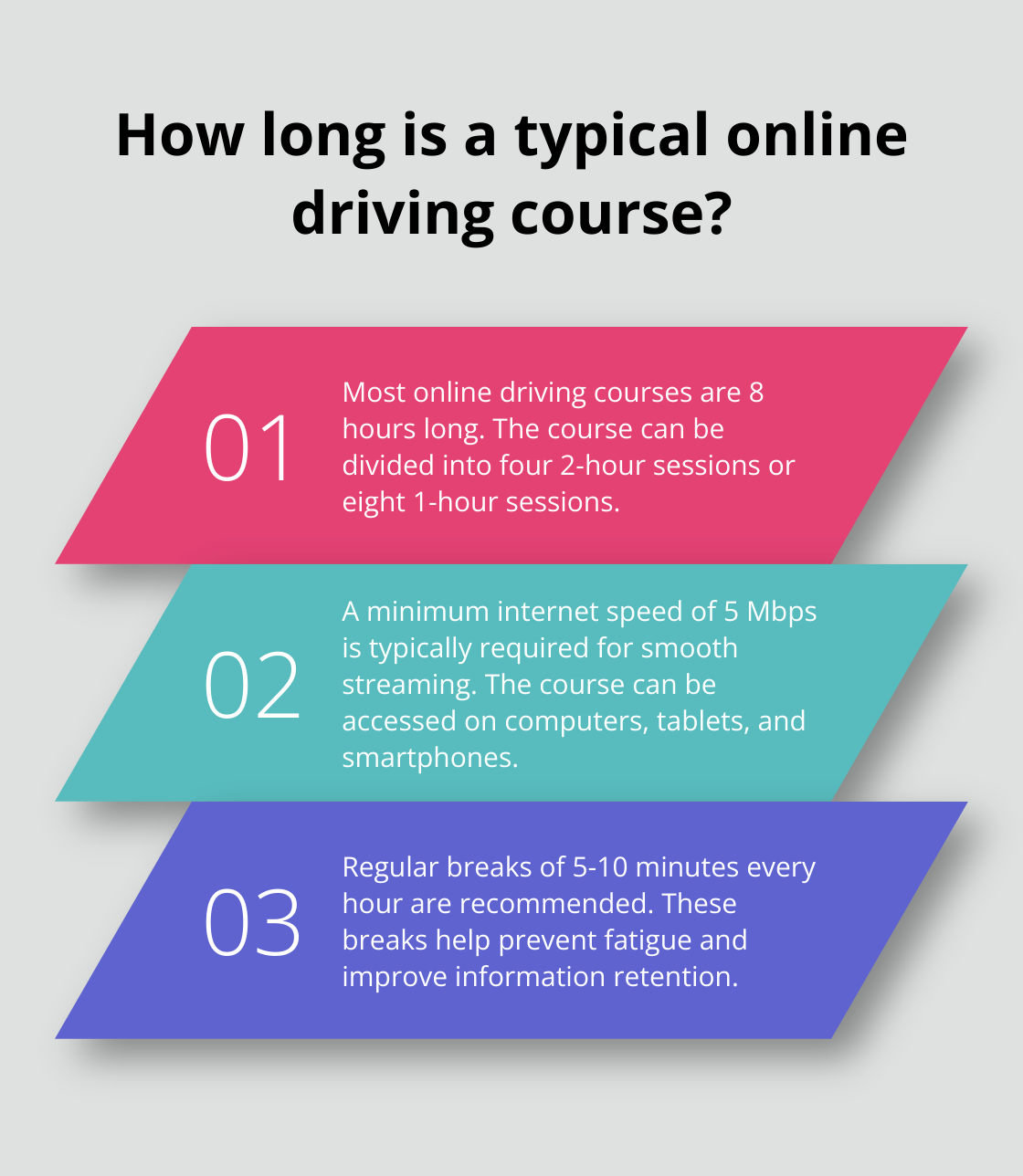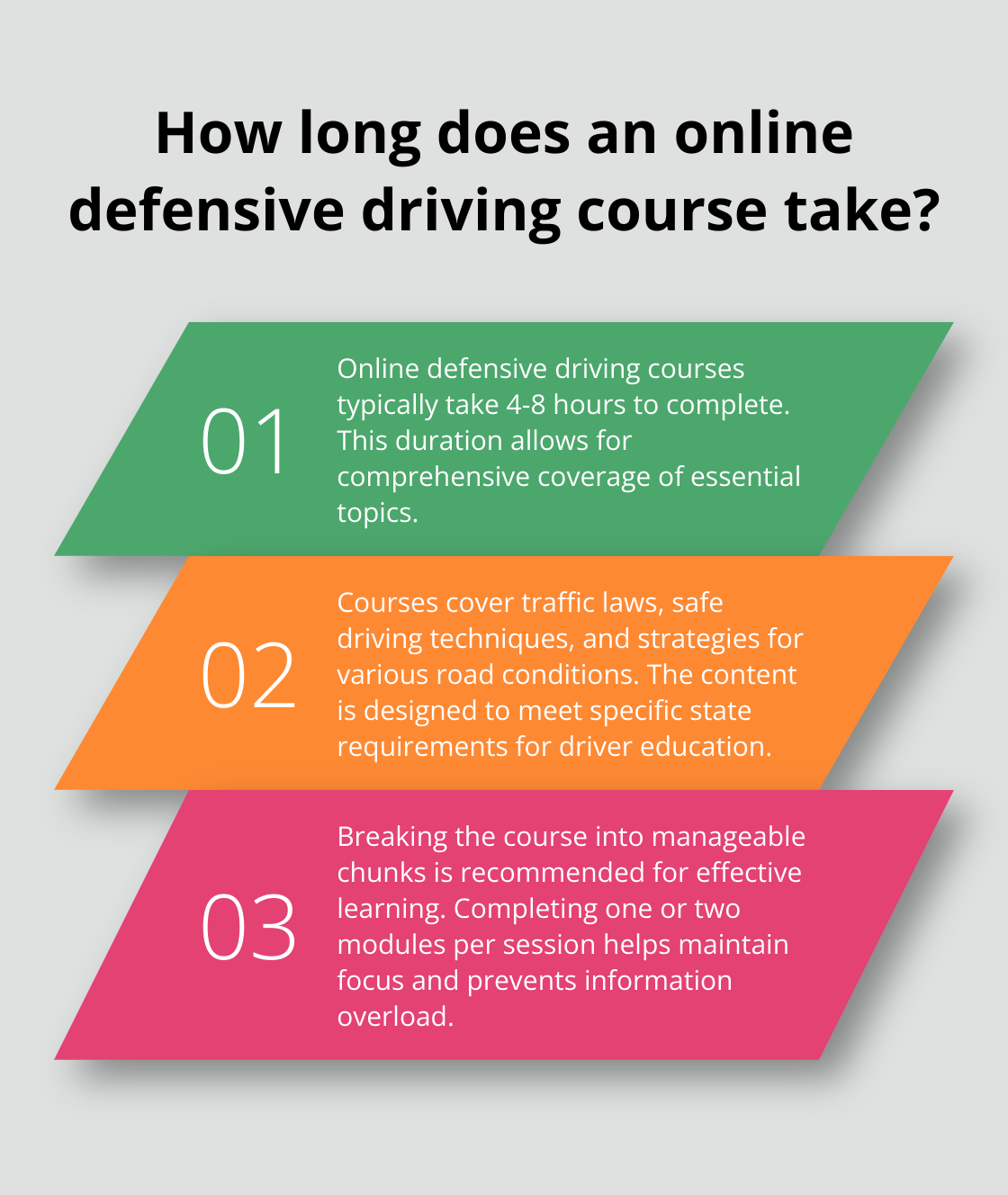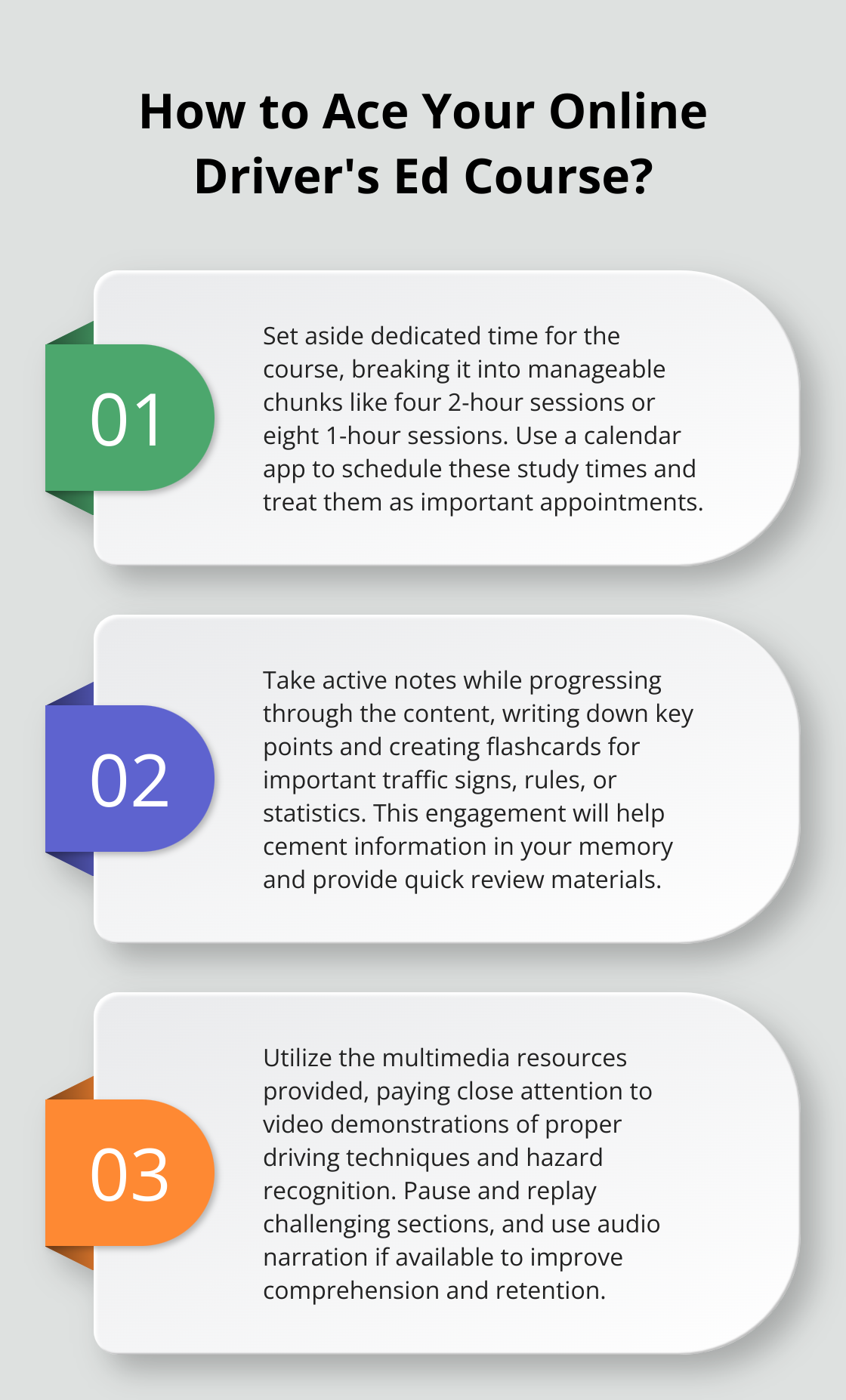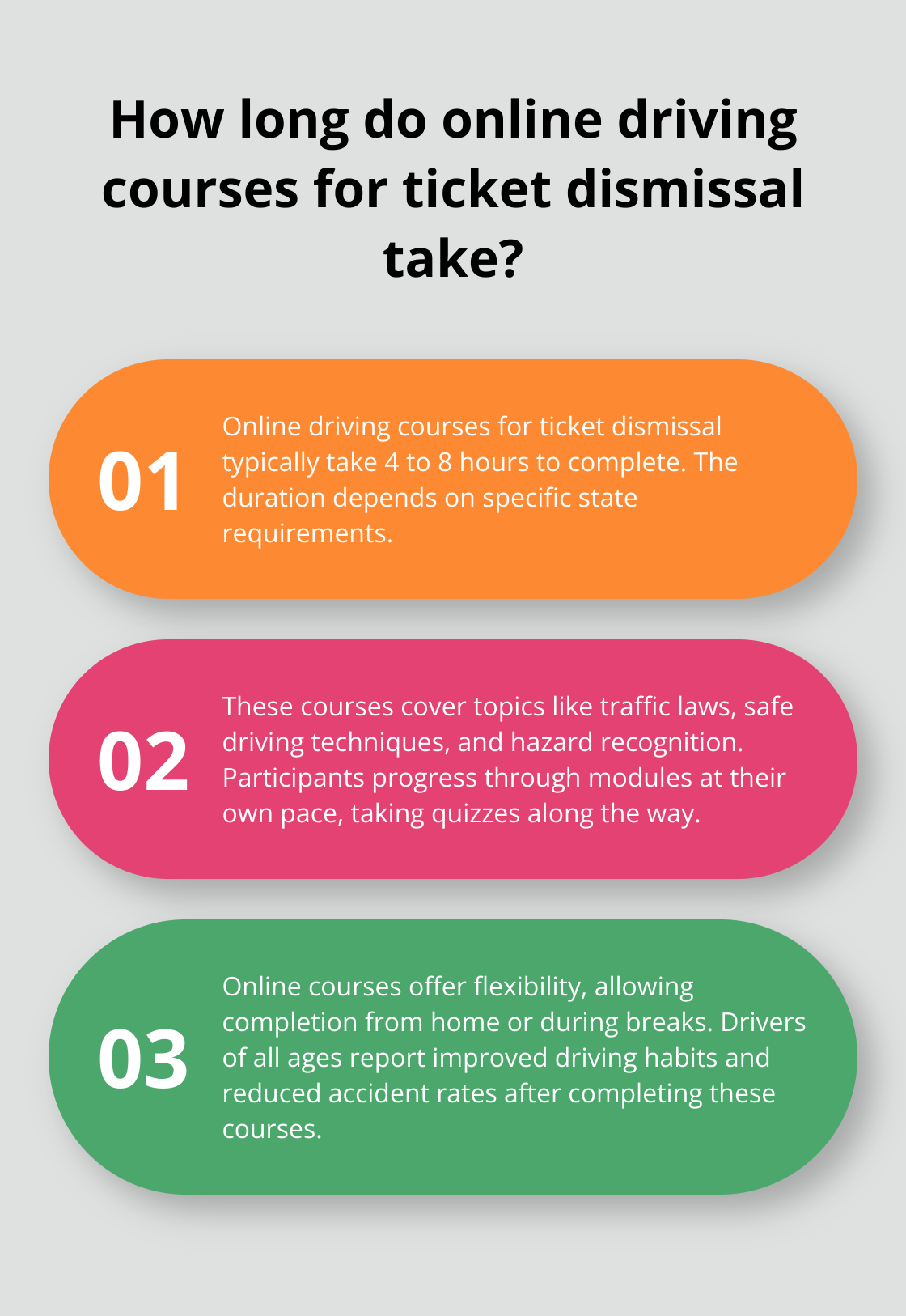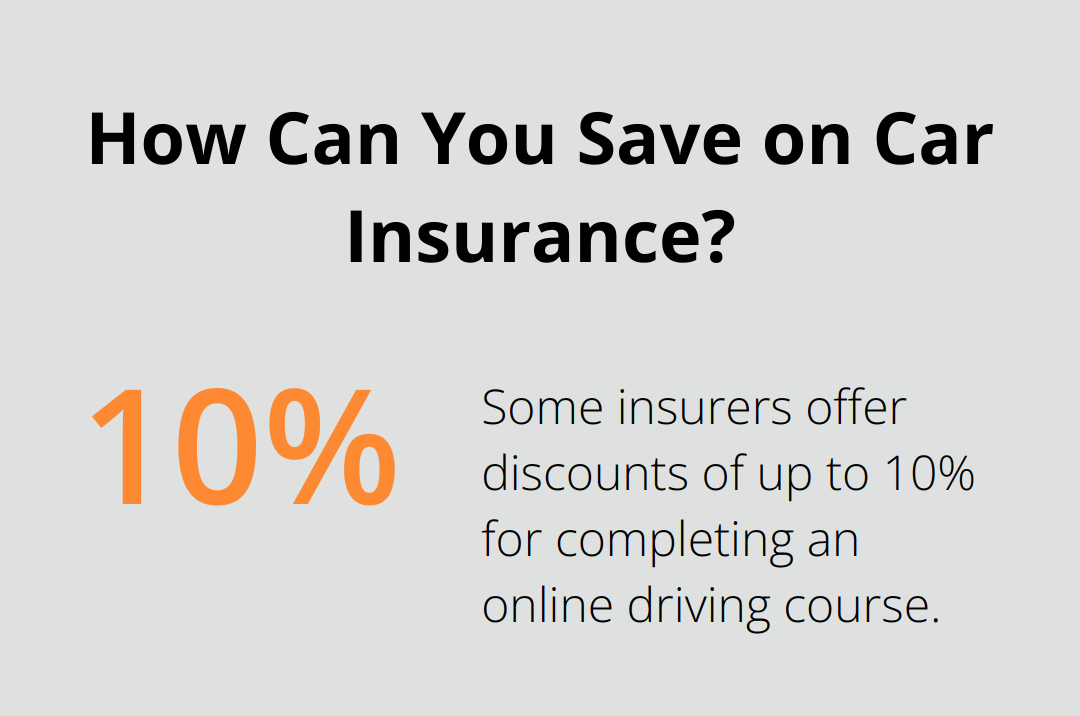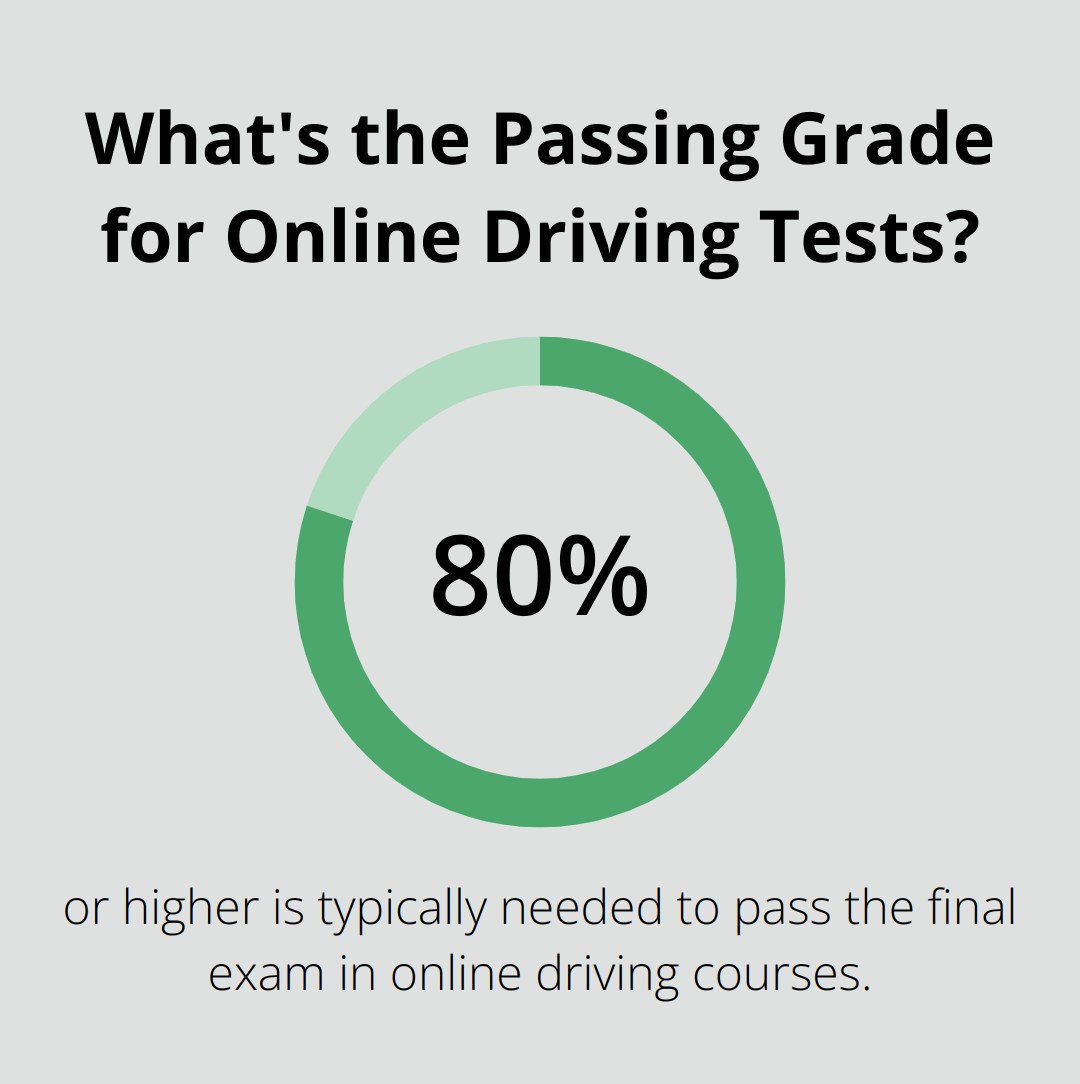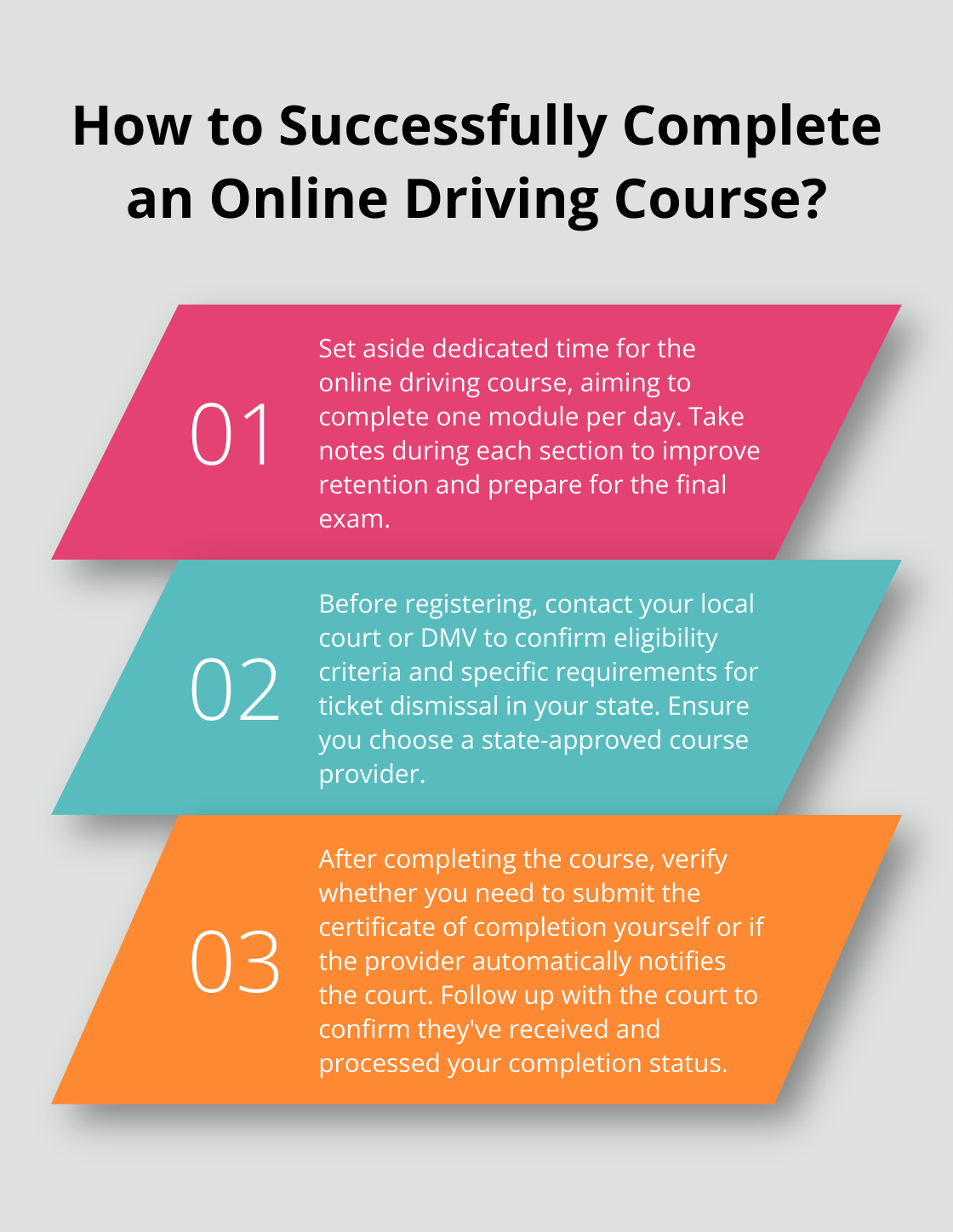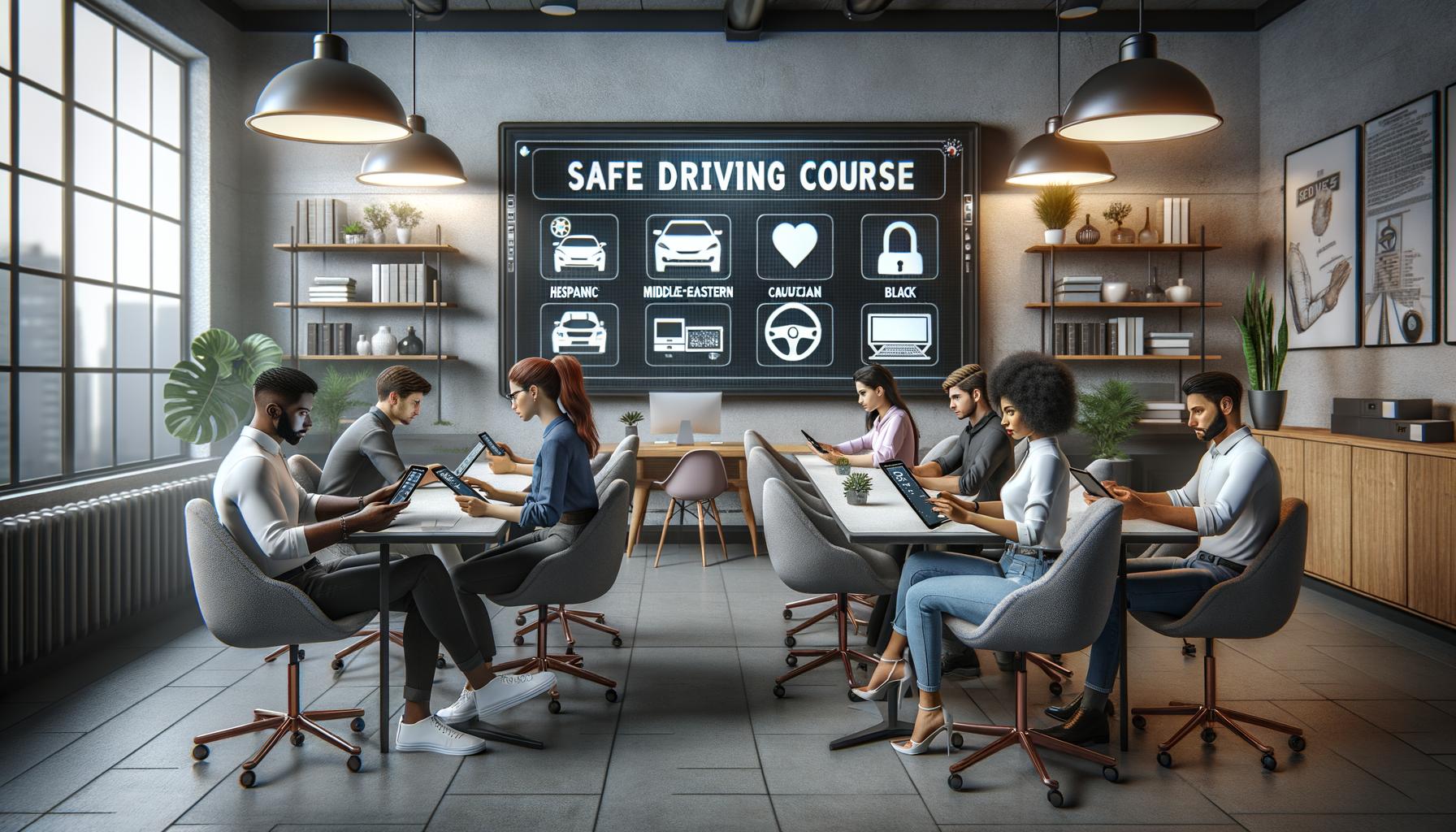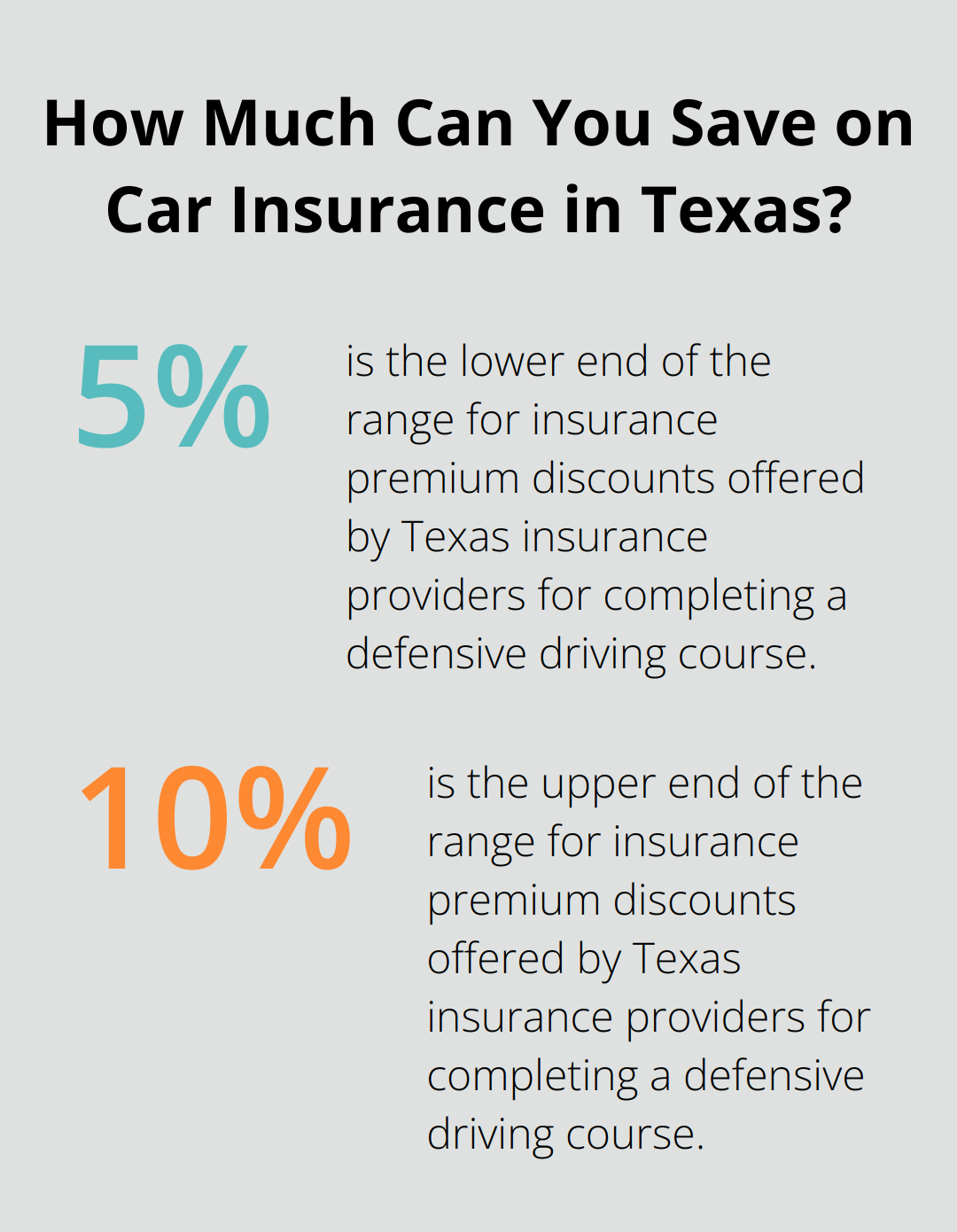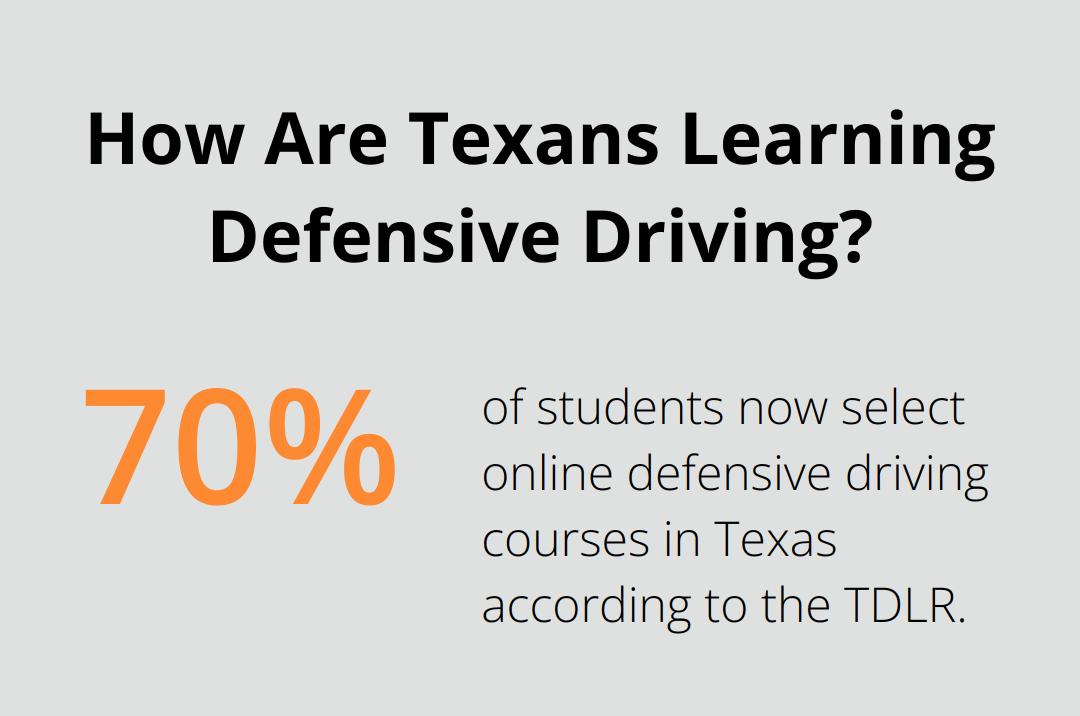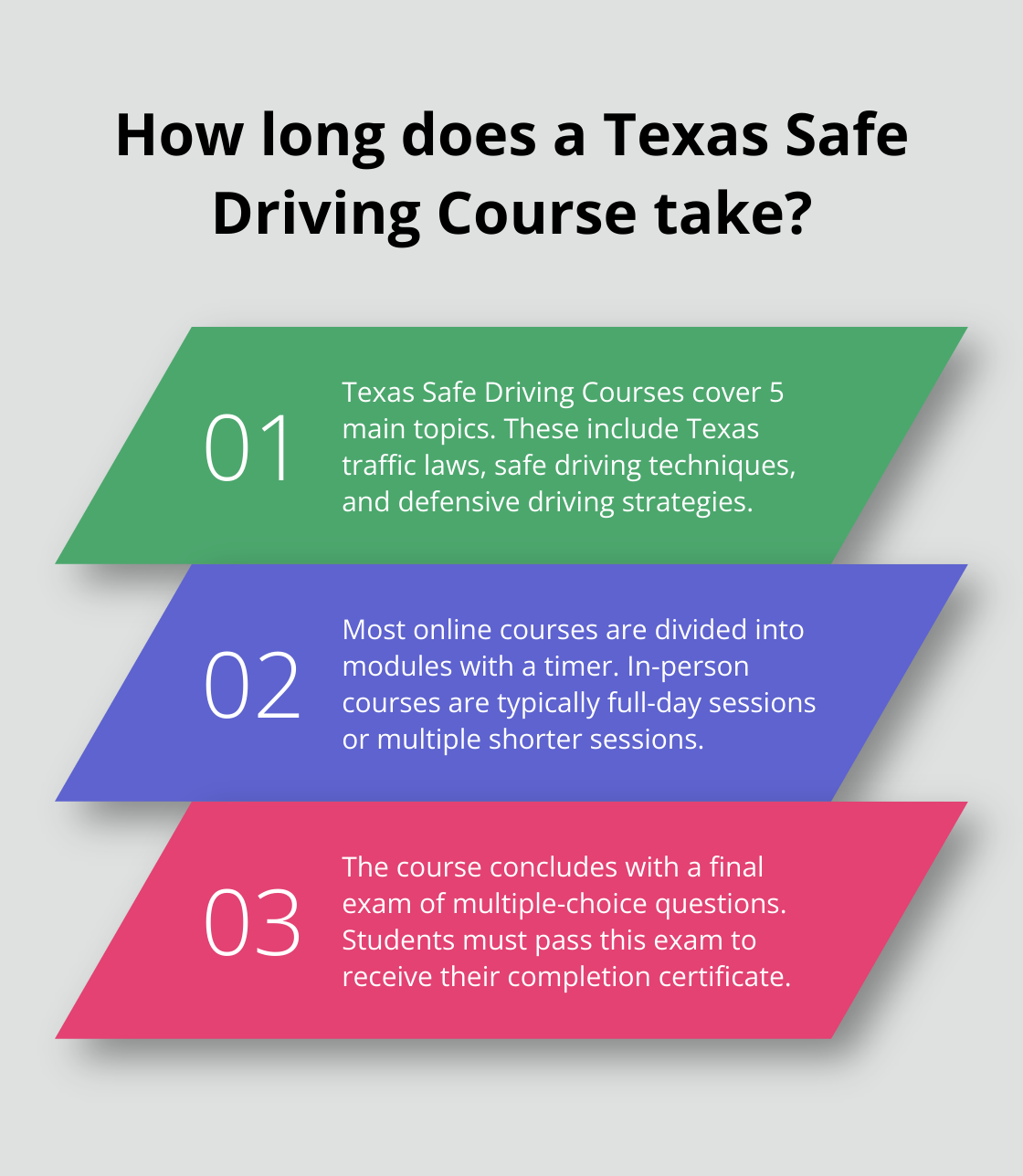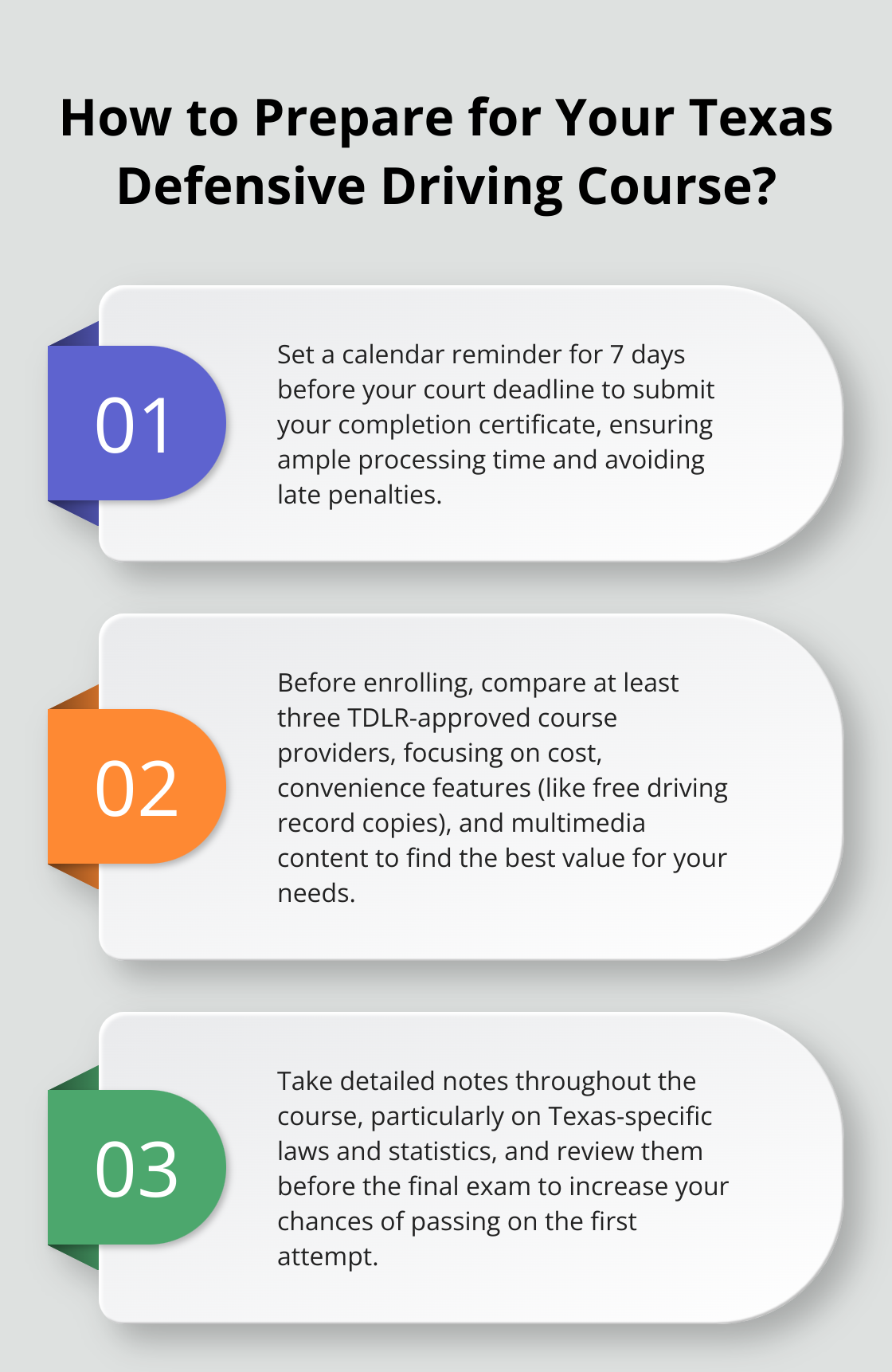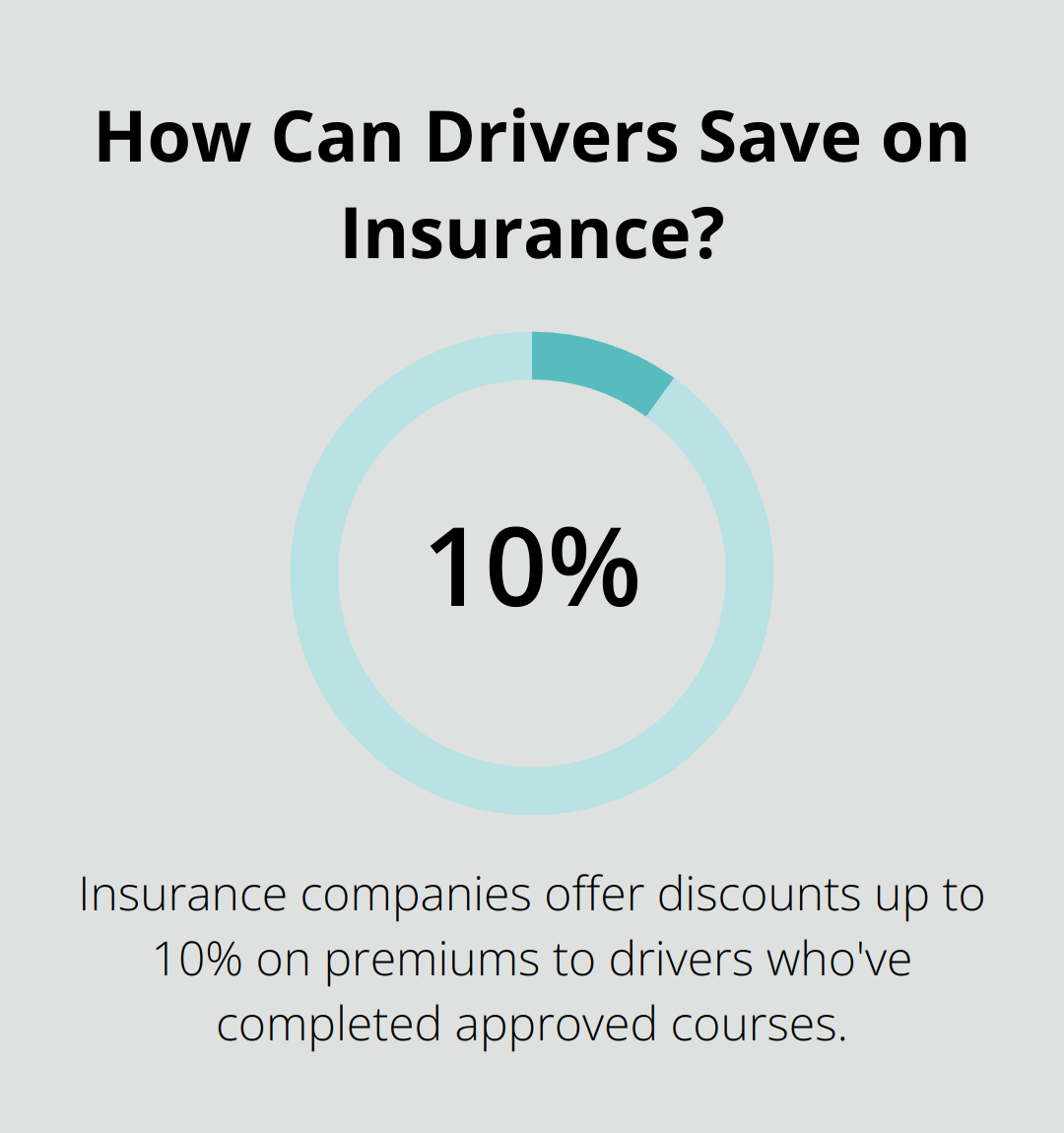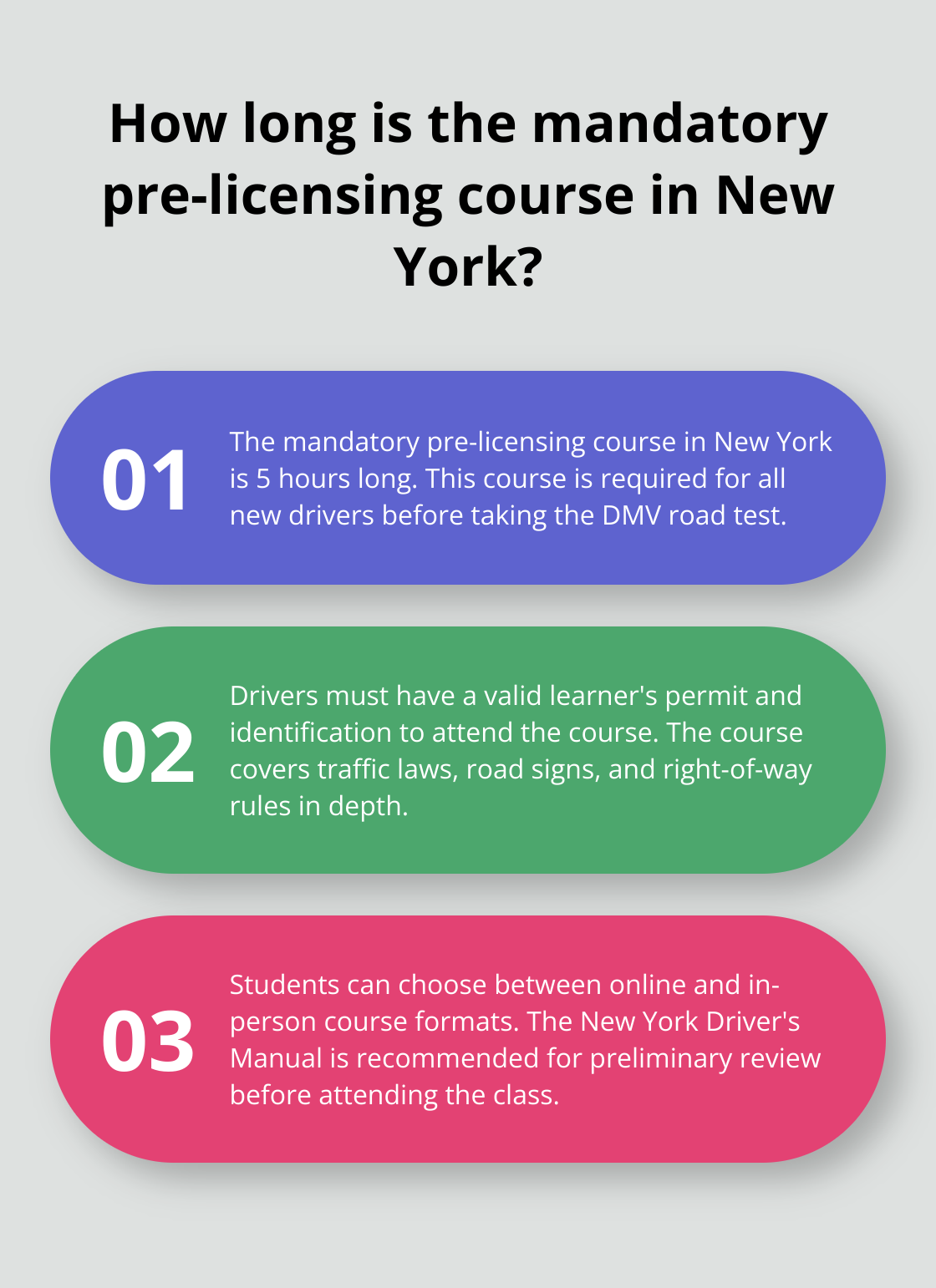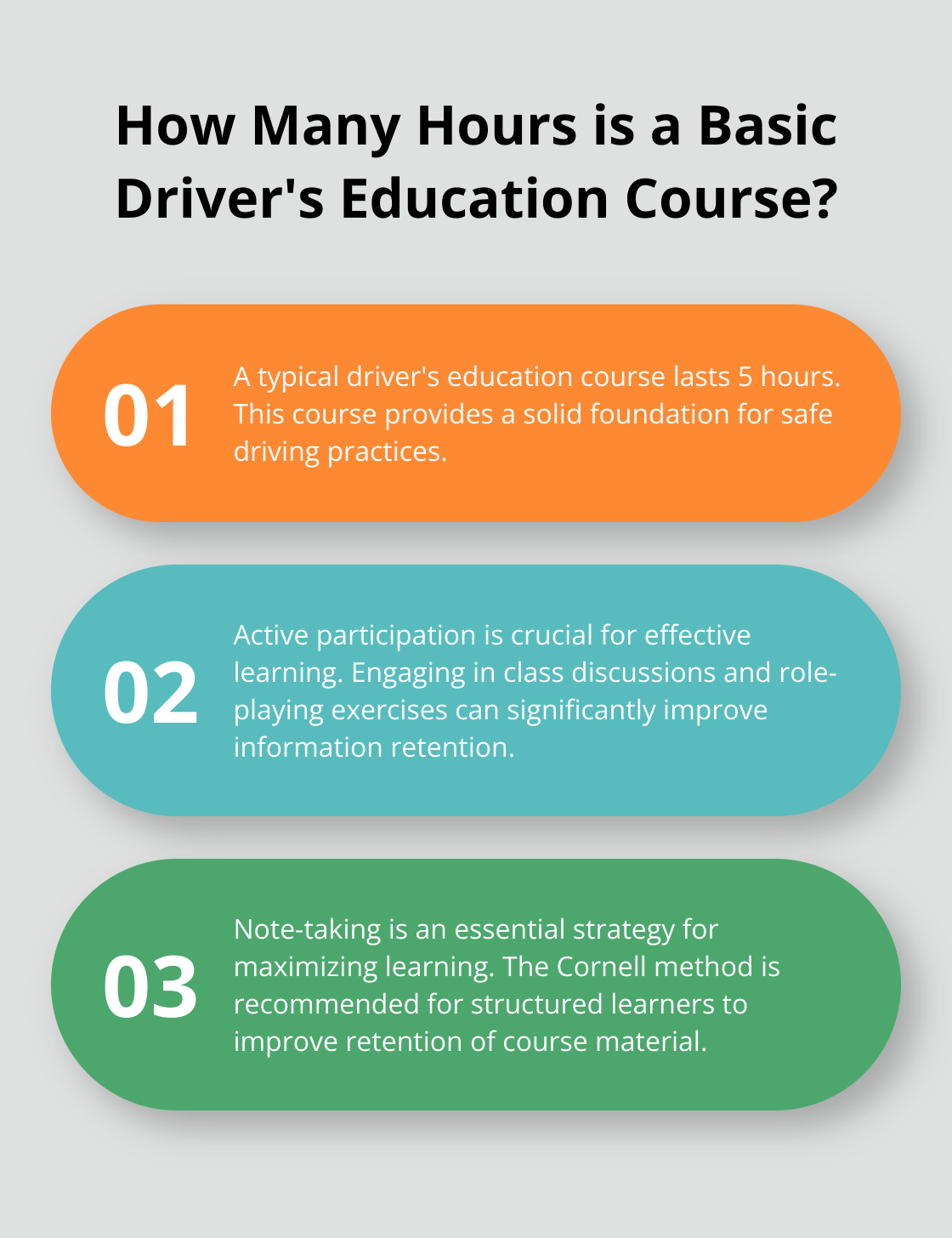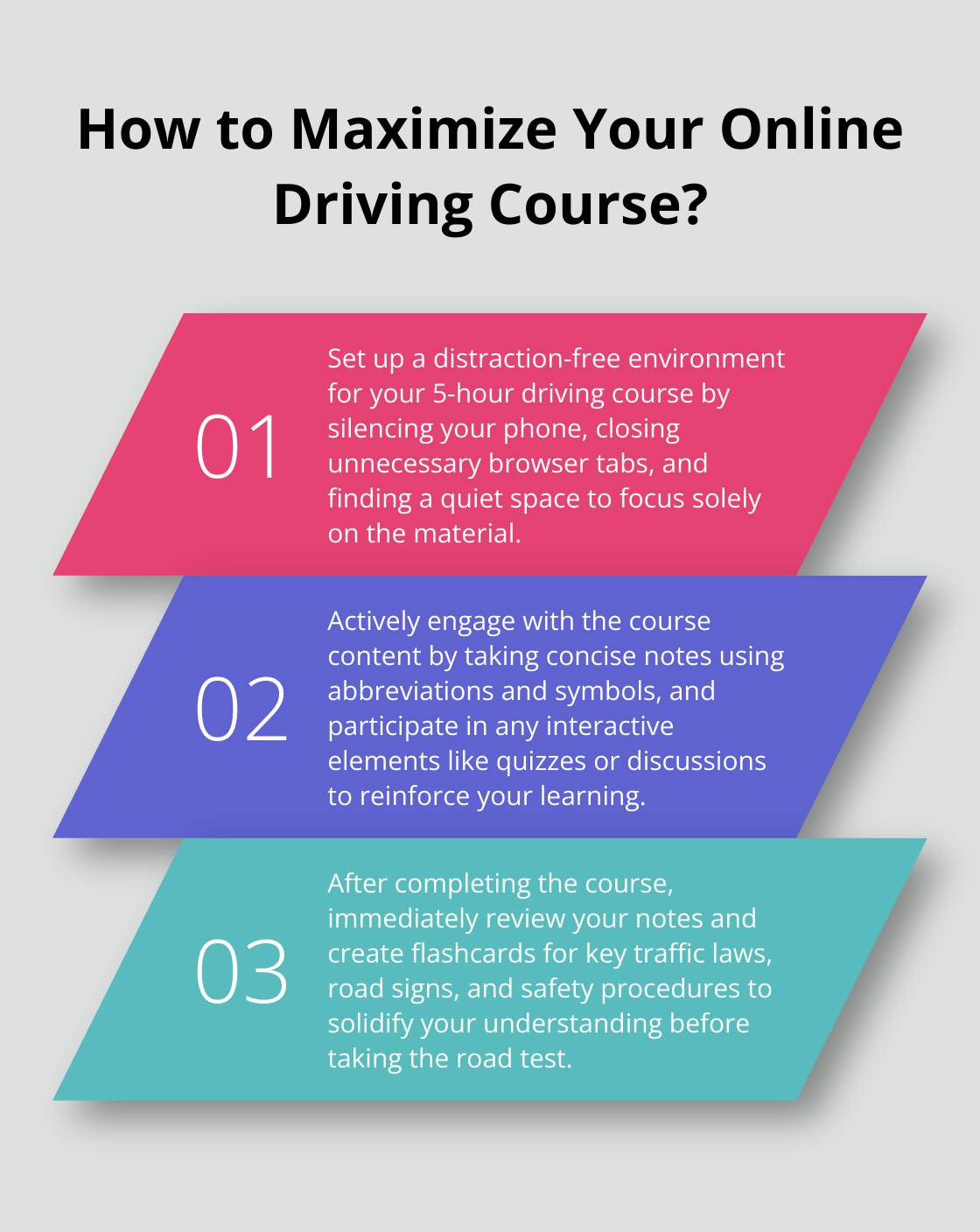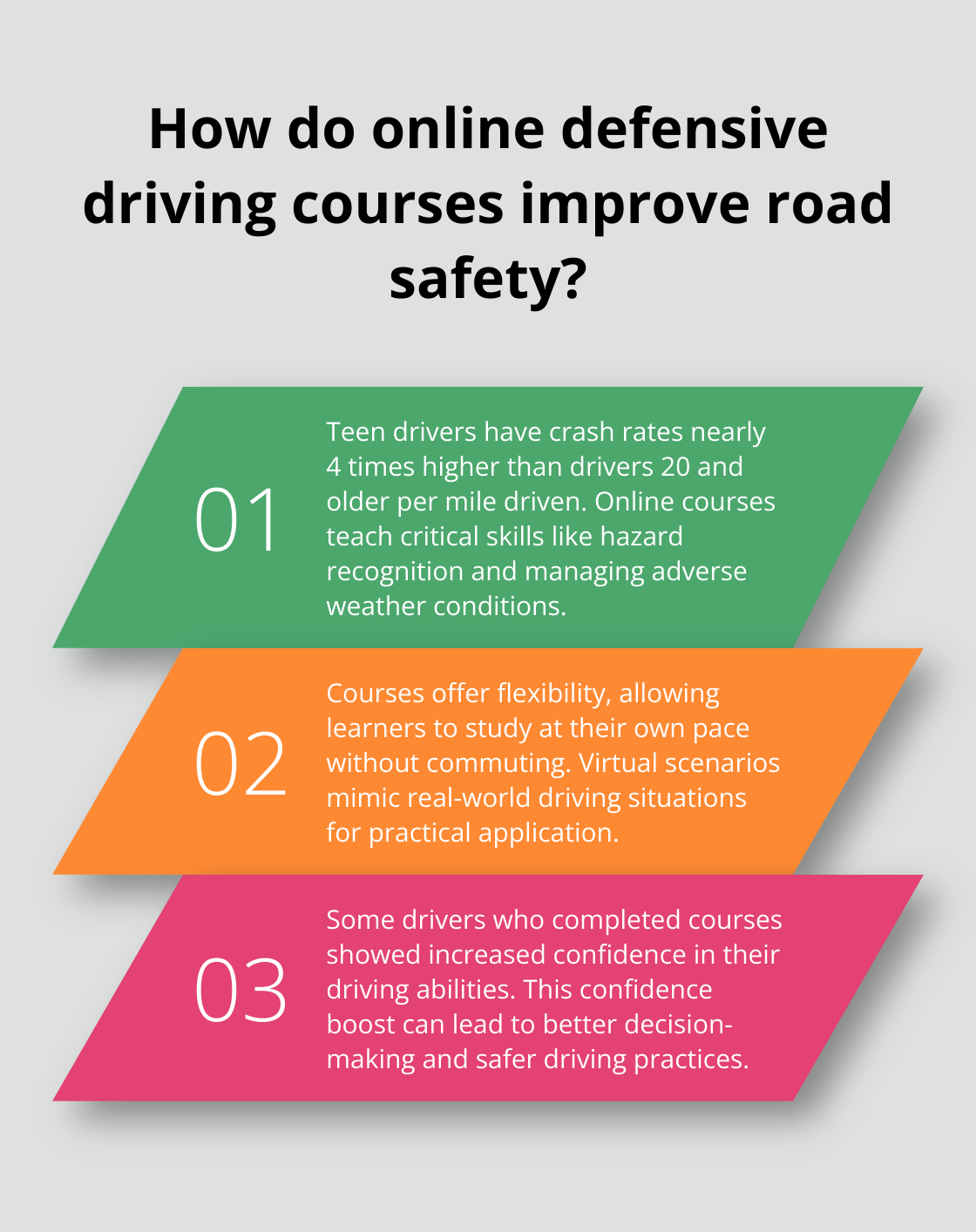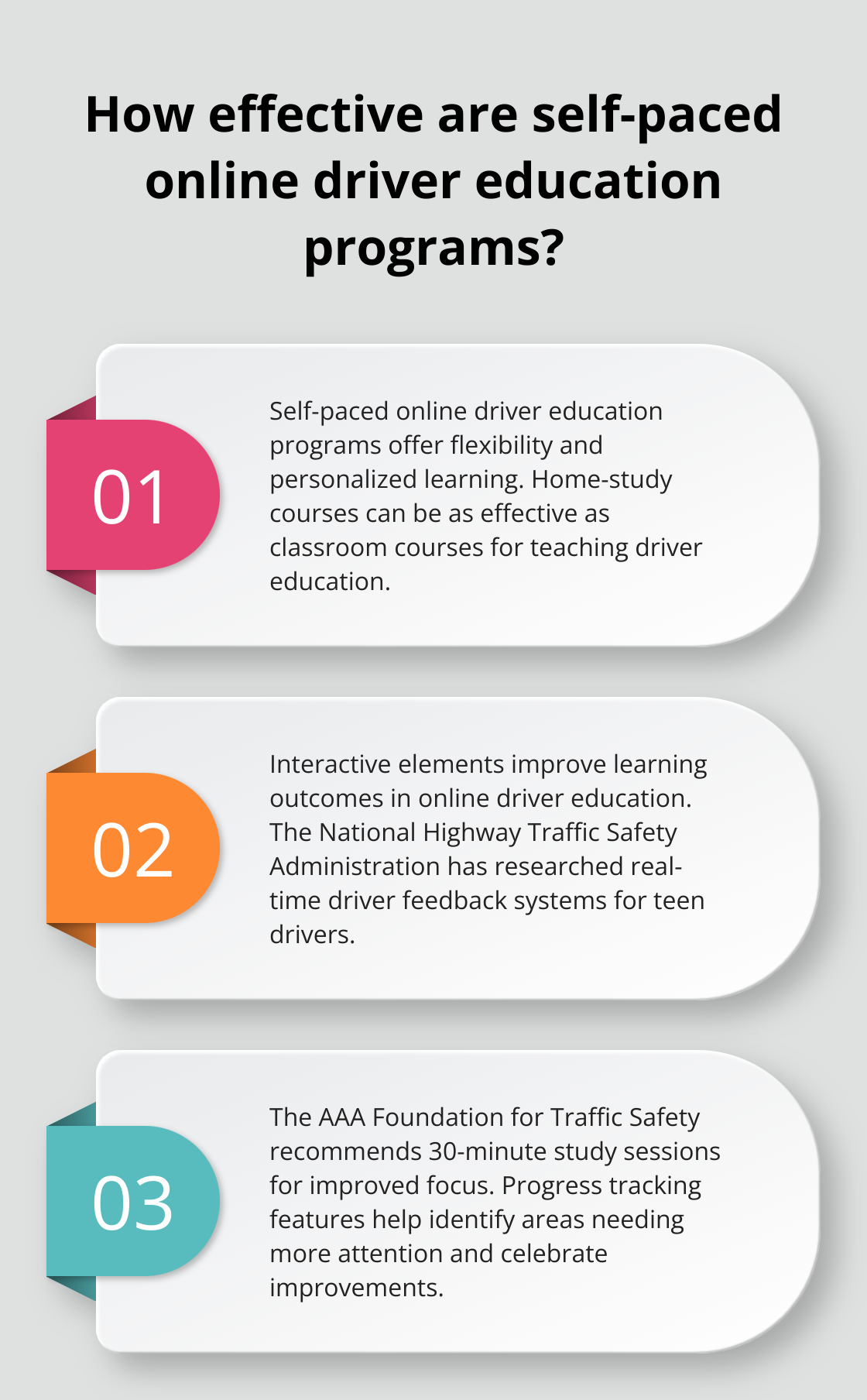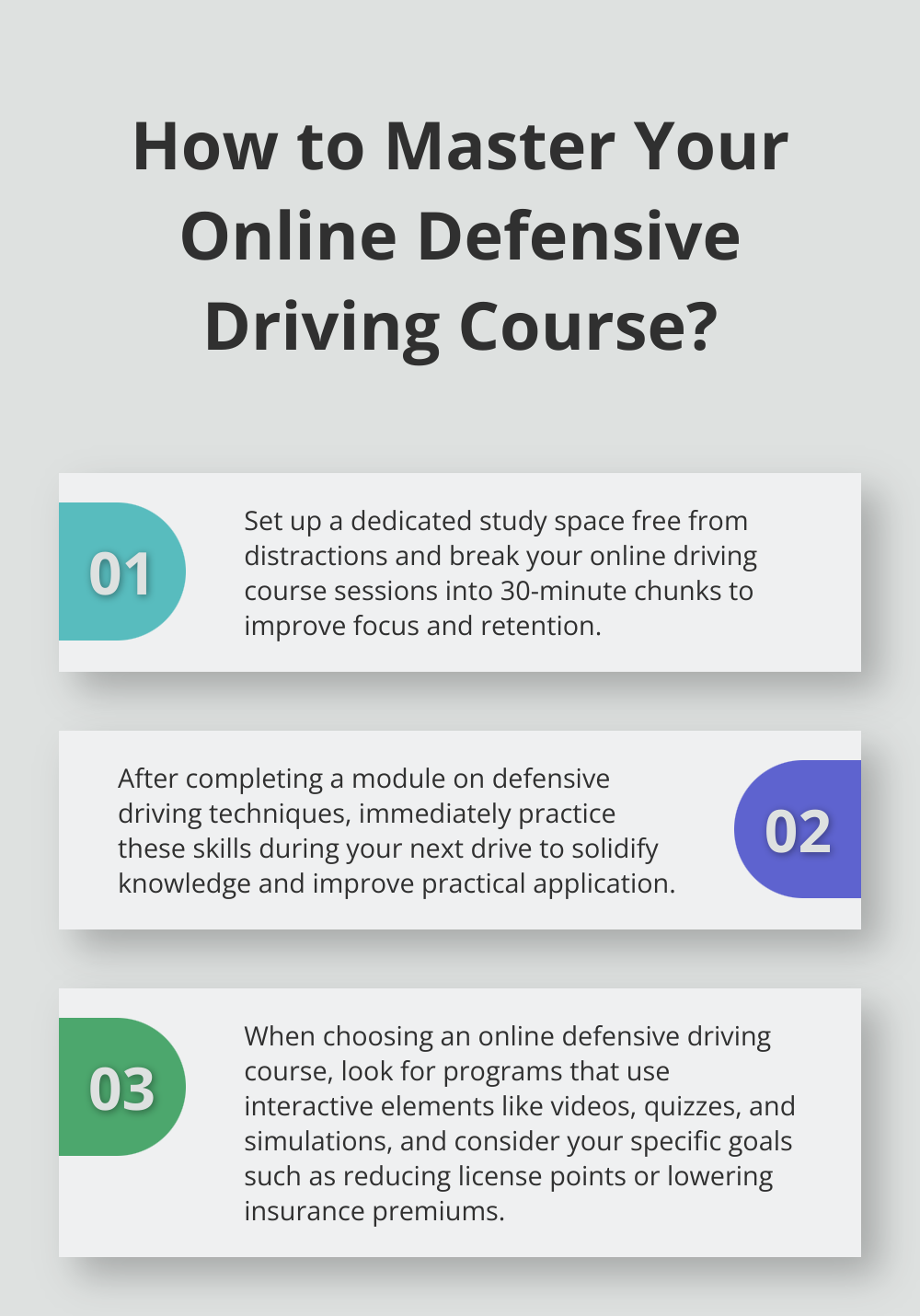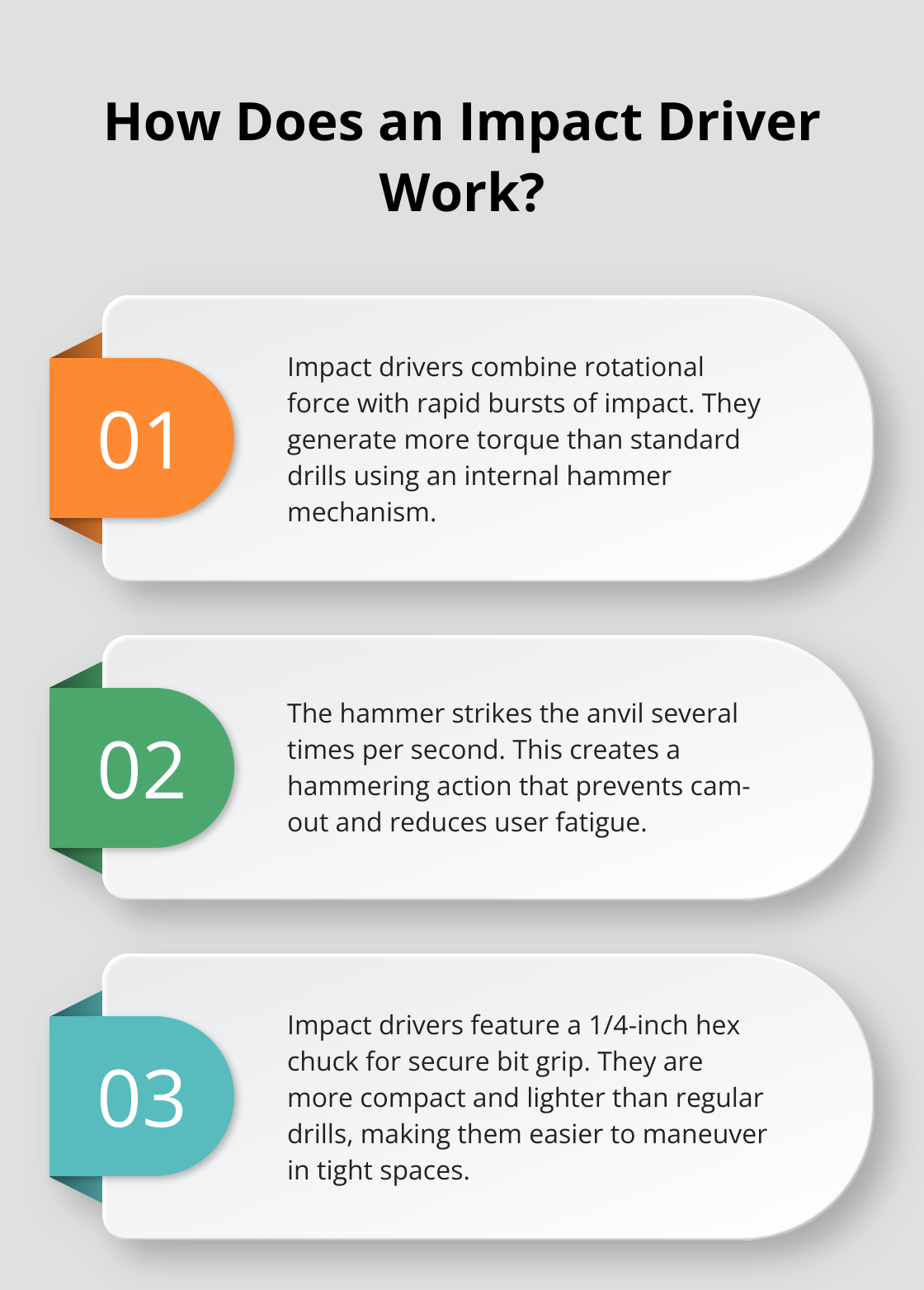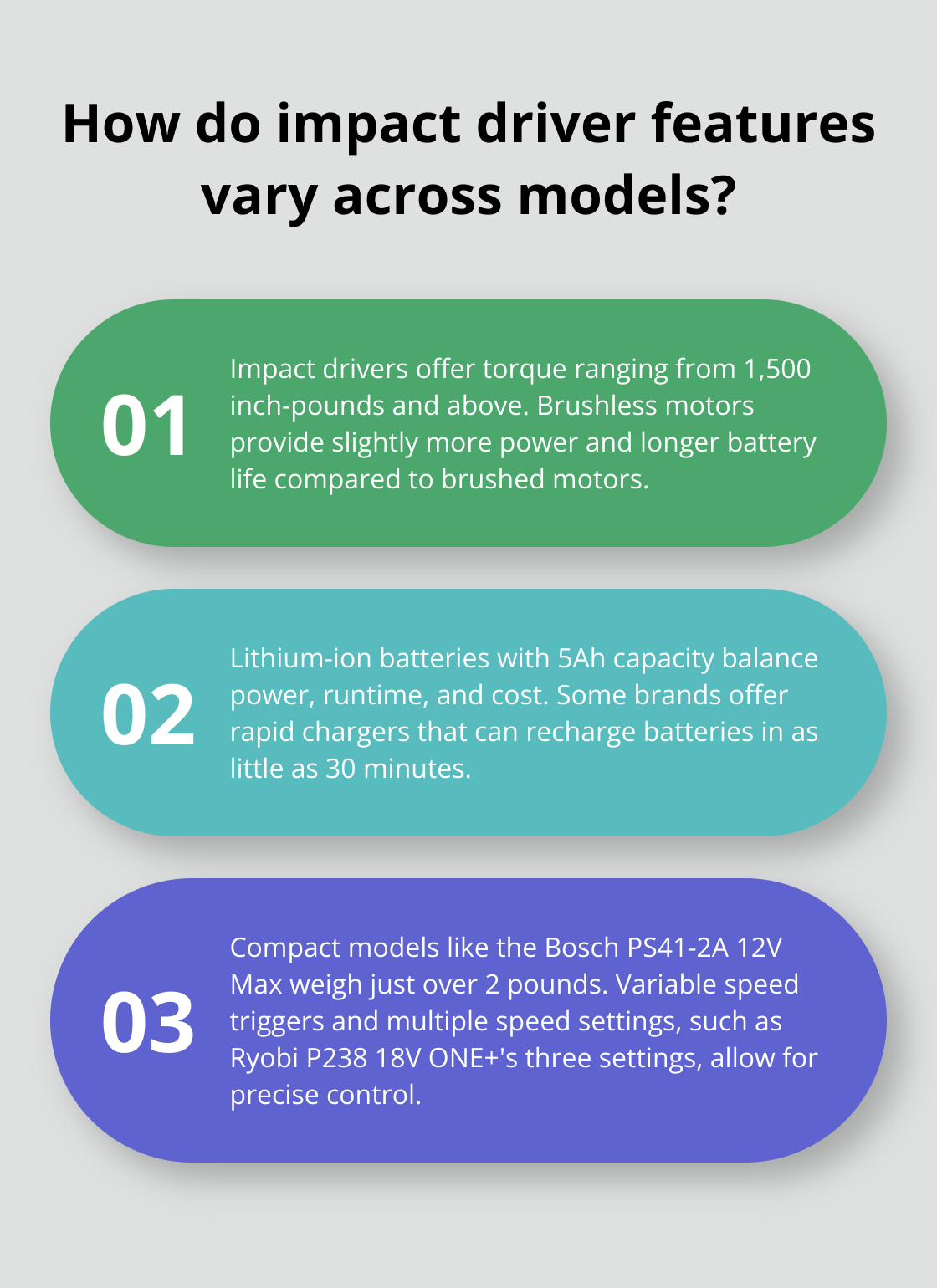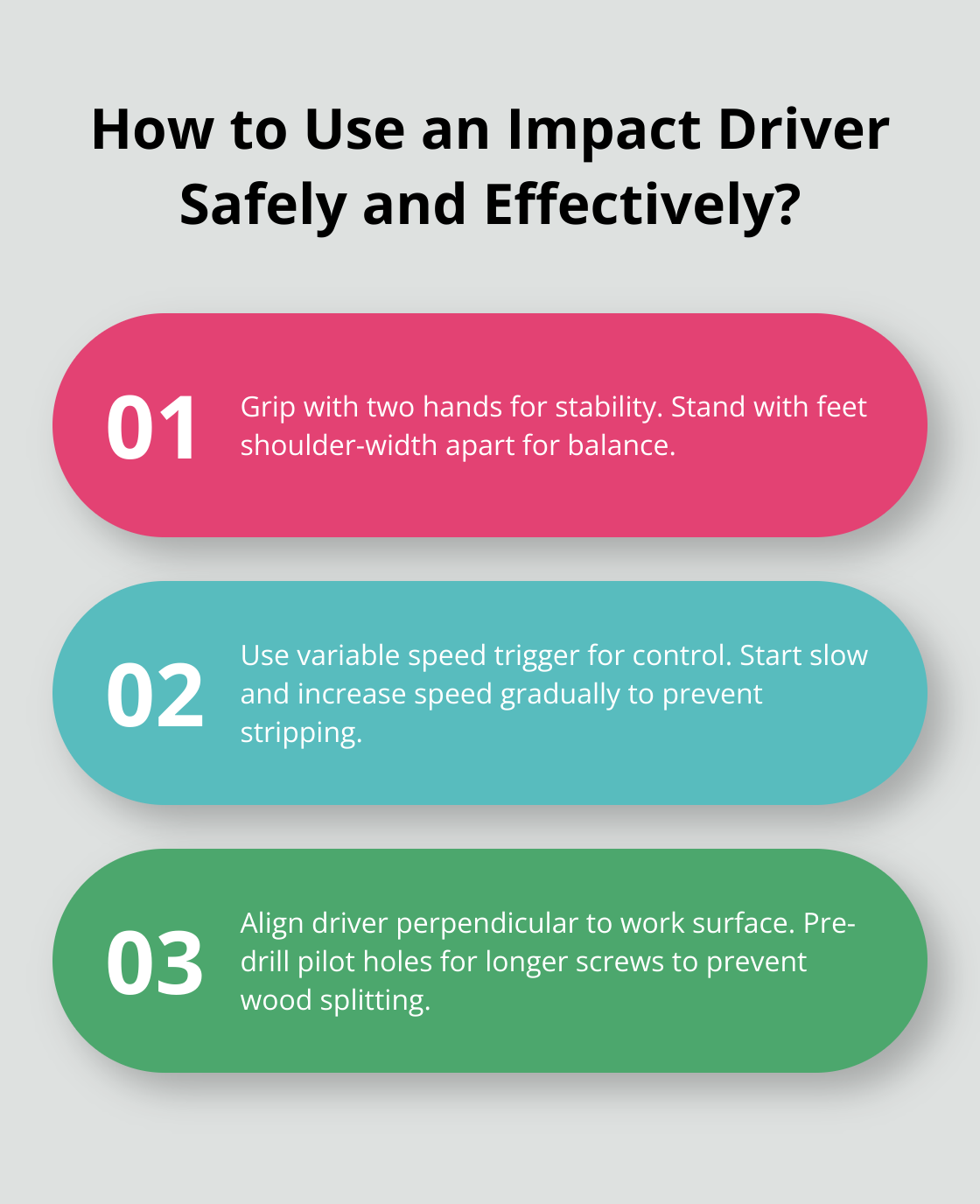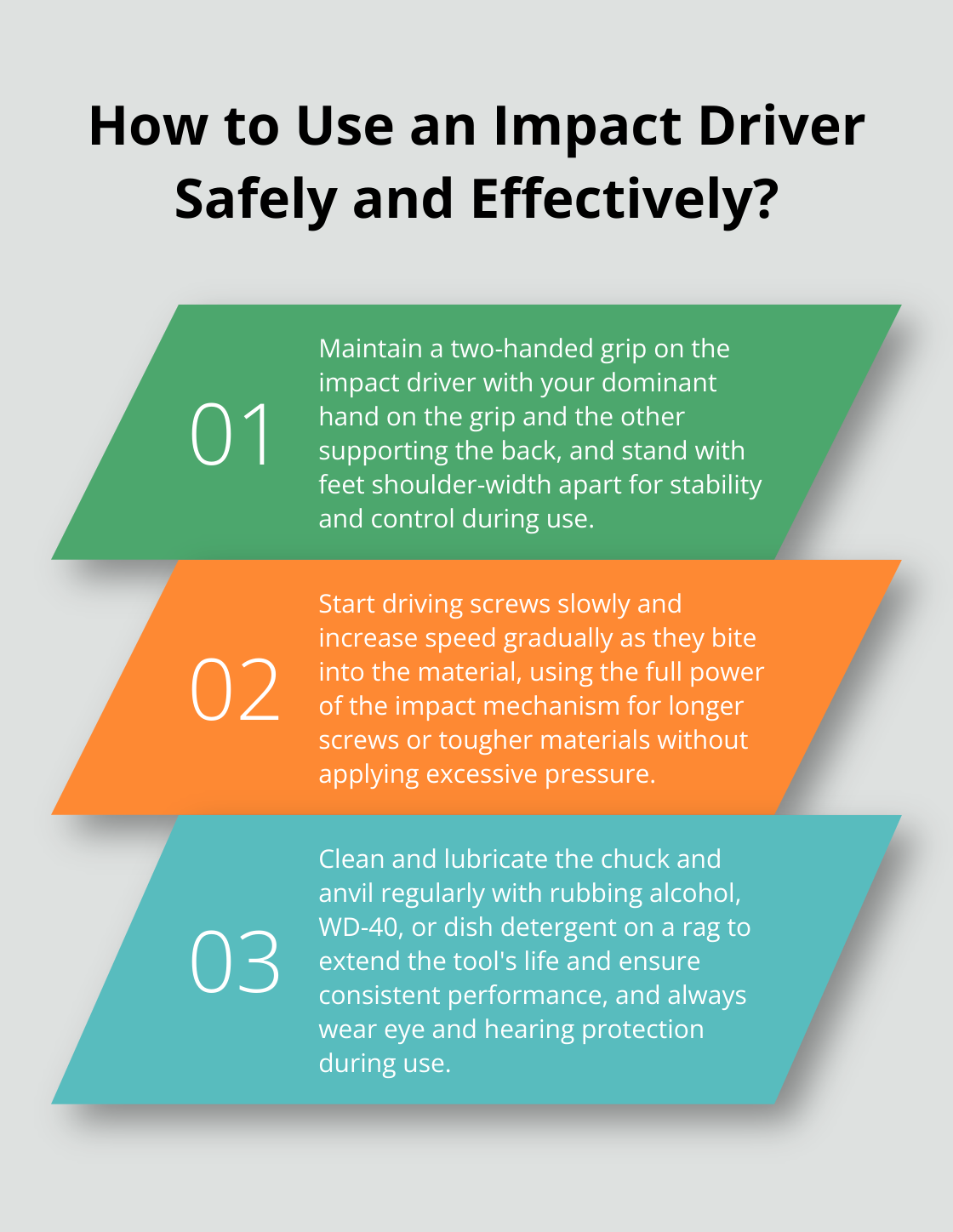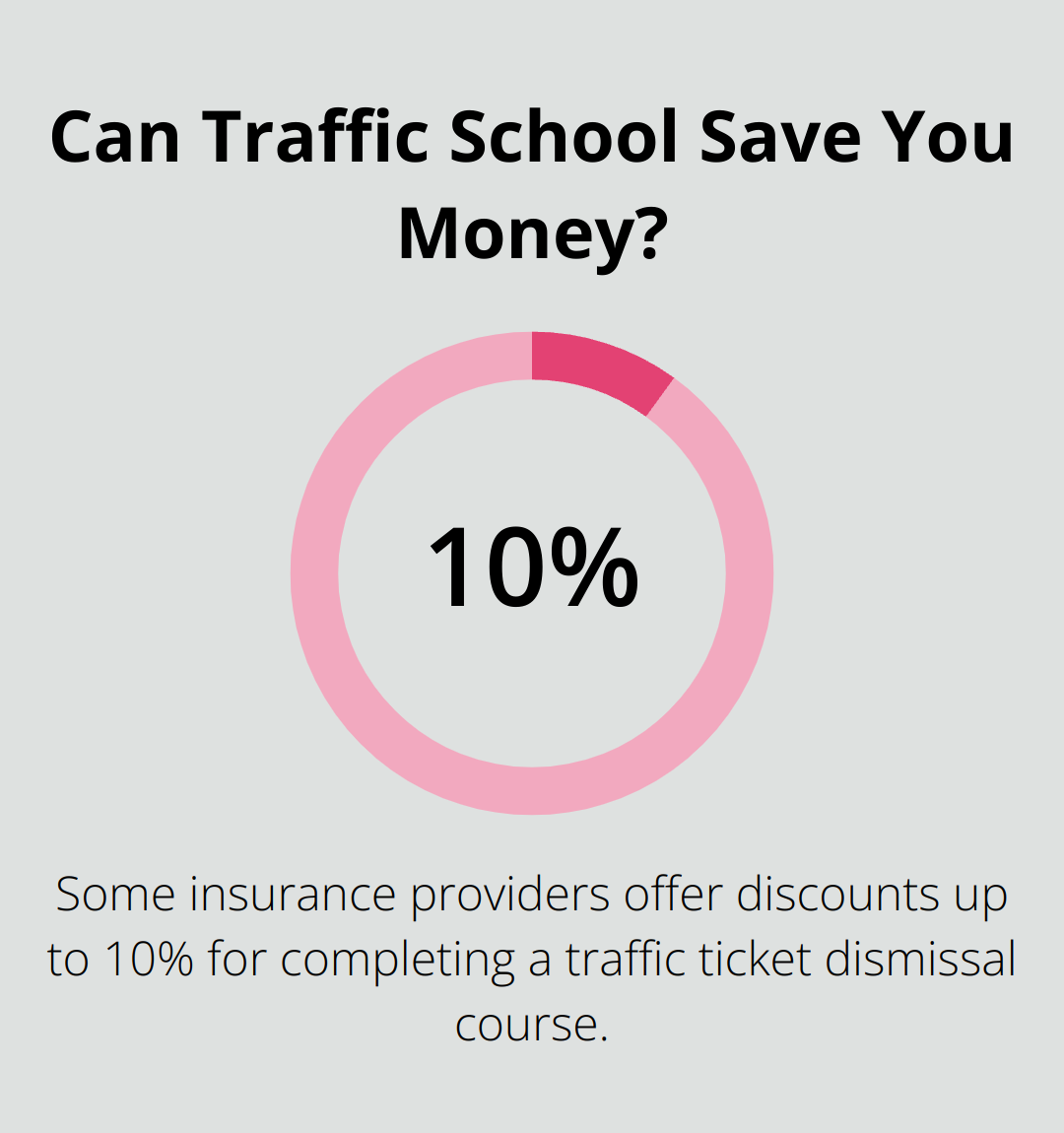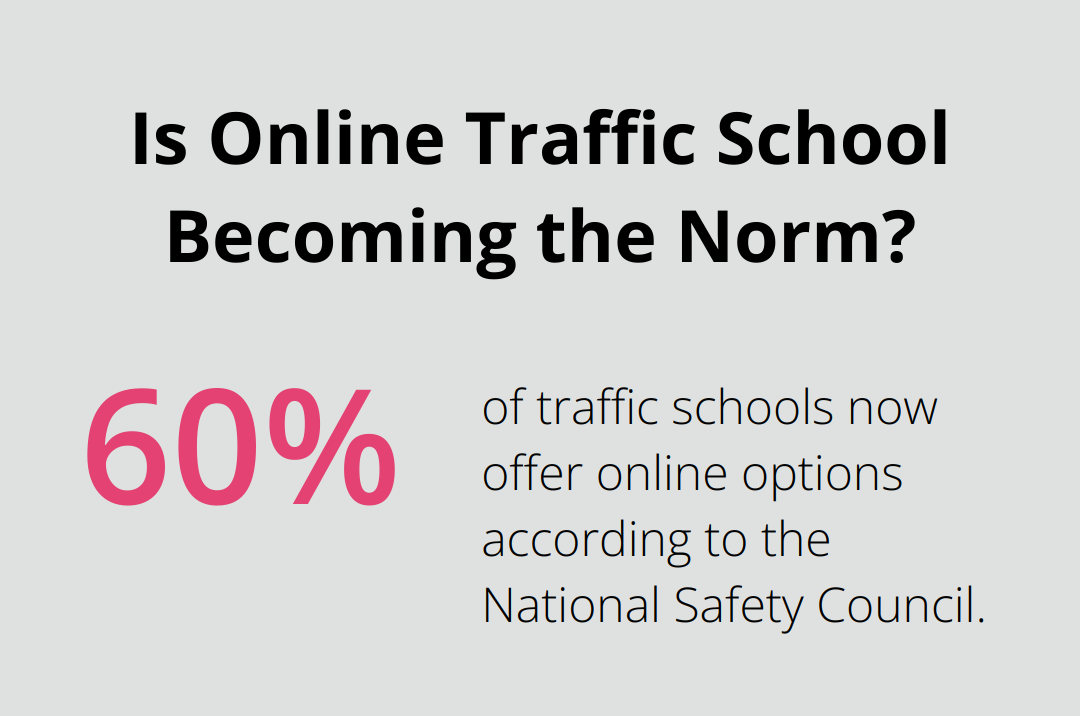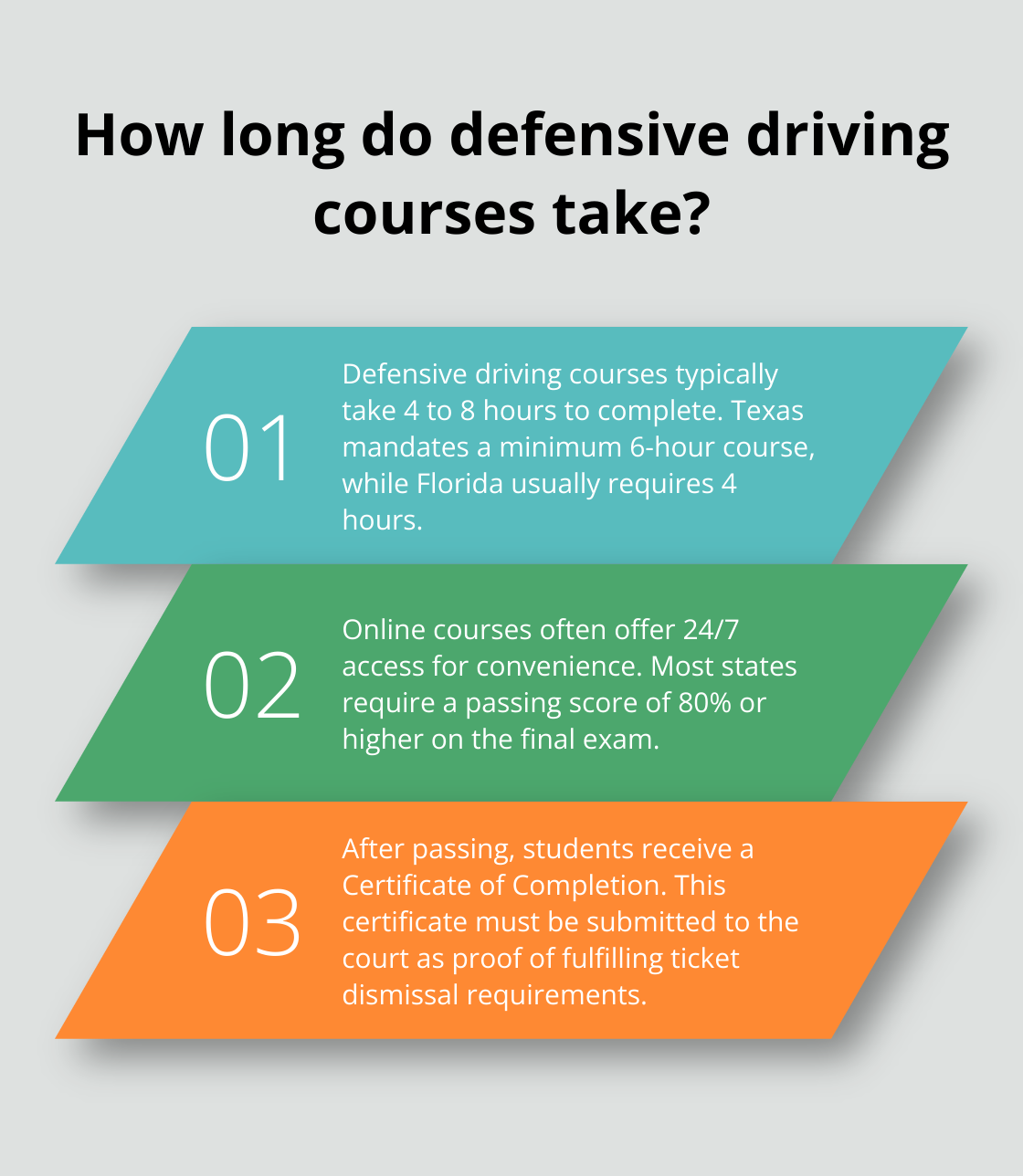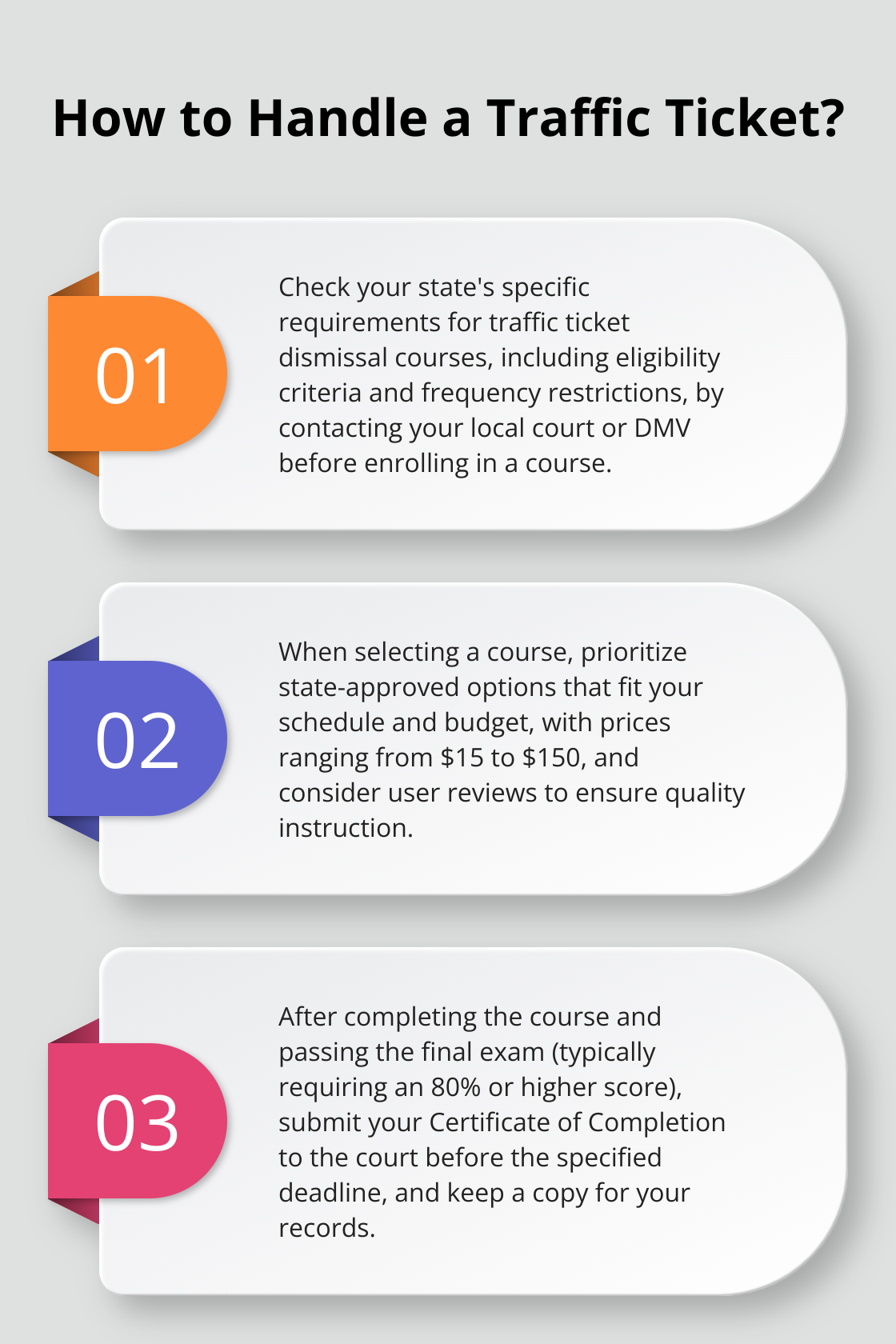How to Get Your Driving Permit Online: A Complete Guide
Getting your driving permit online has become easier than ever. At The Wiser Driver Driving School, we’ve seen a surge in students opting for our driving permit course online.
This guide will walk you through the entire process, from meeting requirements to acing the test. We’ll share insider tips to help you navigate the digital application smoothly and confidently.
What Do You Need to Get Your Permit Online?
Age and Eligibility
The minimum age for obtaining a driving permit varies by state. Driving Age by State shows that the minimum age can range from 14 in Arkansas to 16 in Connecticut. Check your state’s specific requirements before you start the application process.
Documentation Requirements
When you apply online, you must provide digital copies of several important documents. These typically include:
- Proof of identity (birth certificate or passport)
- Social Security number
- Proof of residency (utility bills or bank statements)
- Parental consent form (for applicants under 18)
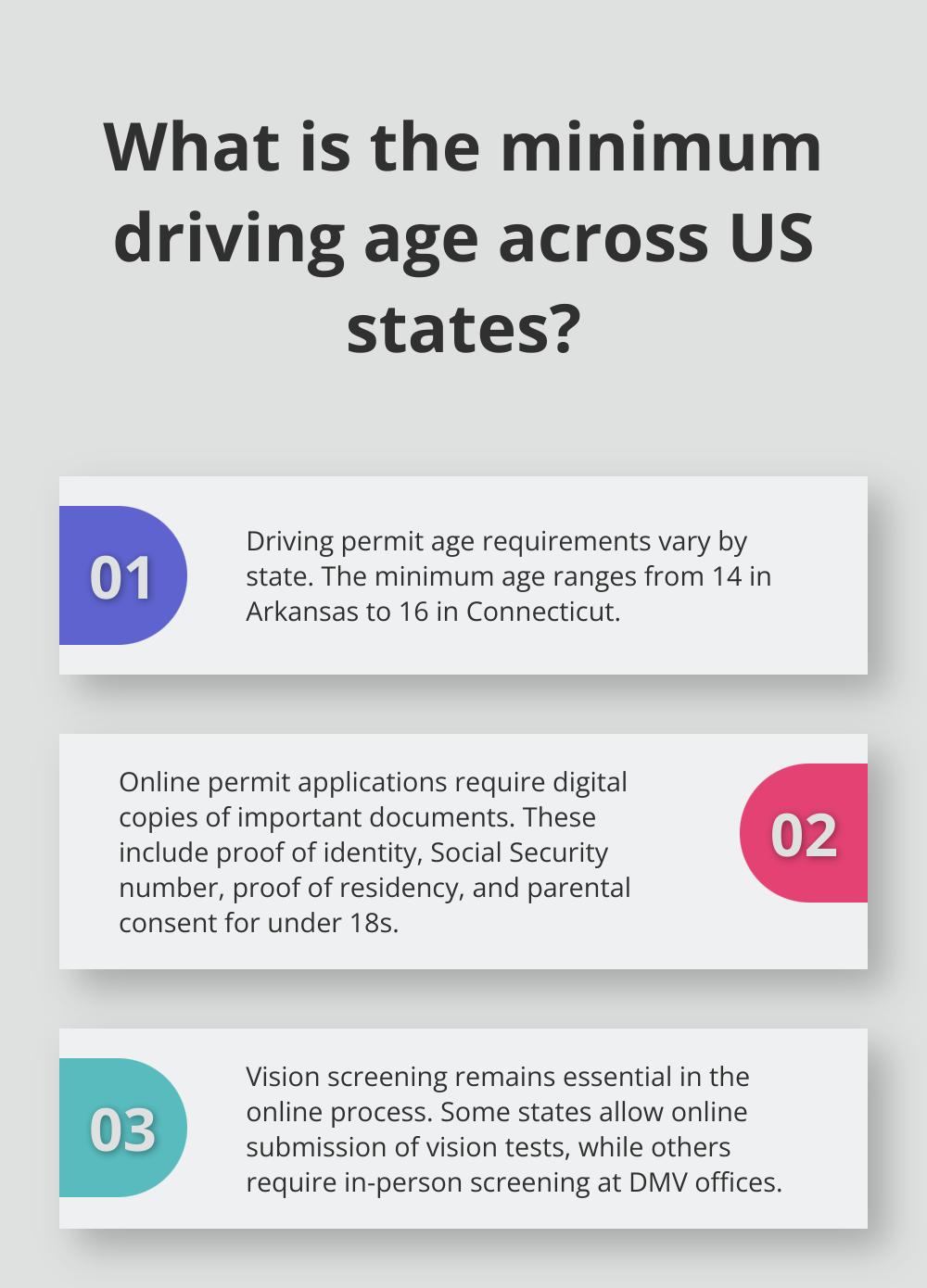
Ensure these documents are clear and legible when scanned or photographed. Blurry or incomplete documents can delay your application.
Vision Screening
While the online process eliminates many in-person requirements, vision screening remains an essential step. Some states allow you to submit a vision test from an approved provider online. Others may require you to visit a DMV office for this step after you complete the online application.
We recommend you get your vision checked before you start the online application. This way, you’re prepared for any vision-related requirements your state may have.
Online System Compatibility
Before you begin, make sure your device meets the technical requirements for the online application system. Most state DMV websites work best with up-to-date browsers like Chrome, Firefox, or Safari. A stable internet connection is also essential to prevent any interruptions during the application process.
Accuracy and Adherence
The online process is designed for convenience, but it’s still a legal procedure. Accuracy in your application and adherence to all requirements is key to successfully obtaining your driving permit online. For example, in Vermont, individuals under 18 must have maintained a ‘clean’ driving record in the previous two years. Double-check all information before you submit your application to avoid delays or rejections.
Now that you understand the requirements for getting your permit online, let’s move on to the step-by-step process of applying for your driving permit through your state’s DMV website.
How to Apply for Your Driving Permit Online
Navigate Your State’s DMV Website
Start your online permit application journey by visiting your state’s official DMV website. Look for a section dedicated to online permit applications. Most states have modernized their systems, which makes it easier for applicants to complete the process digitally. The exact layout and steps might vary slightly from state to state.
Create an Account and Complete the Application
Once you’ve found the correct section, create an account or log in if you already have one. This account will track your application status and provide access to other DMV services in the future.
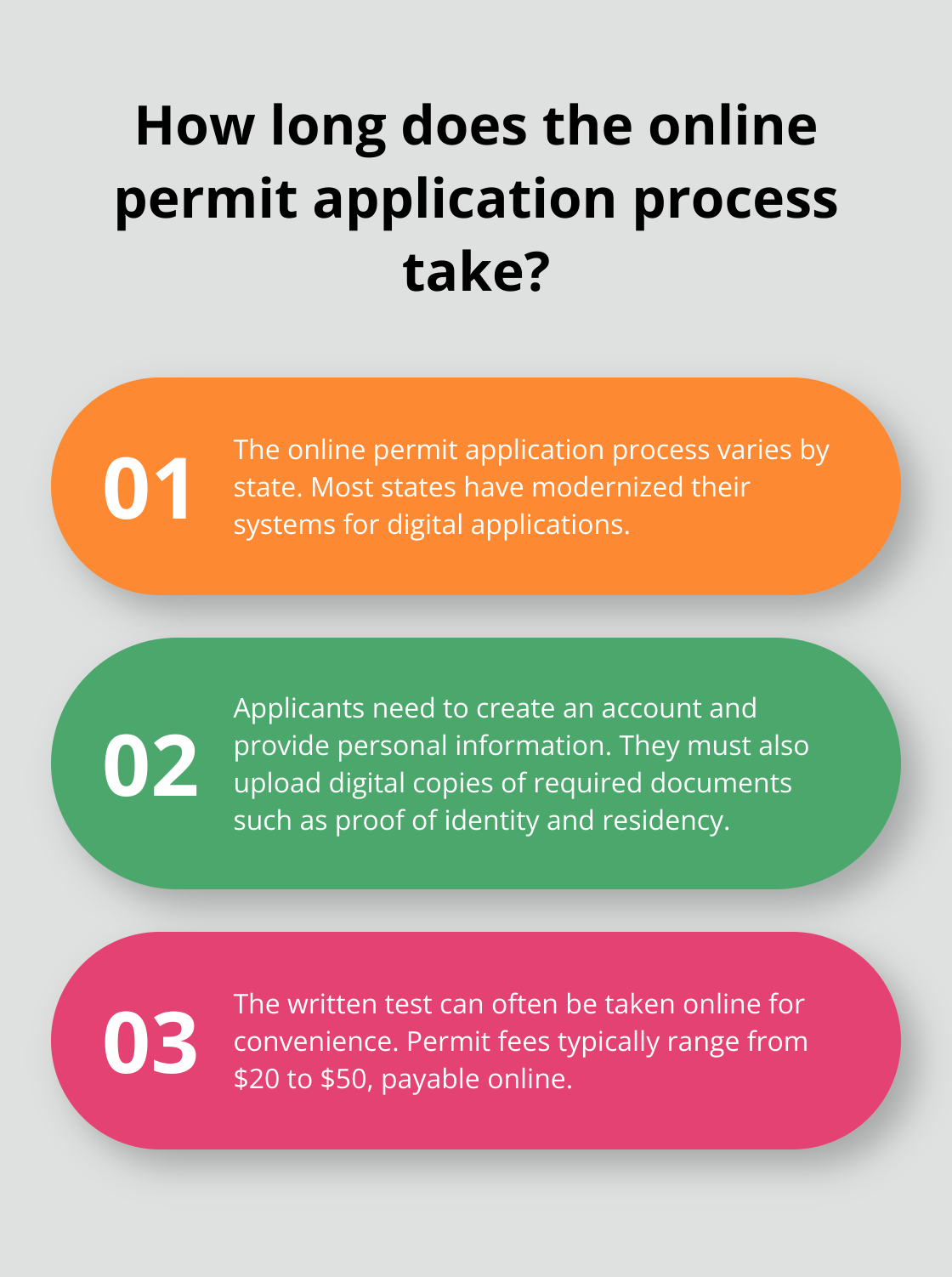
Fill out the application form with care. You’ll need to provide personal information, including your full name, date of birth, address, and Social Security number. Double-check every entry to avoid delays caused by errors.
Submit Required Documents
Next, upload digital copies of your required documents. These typically include proof of identity, residency, and legal presence. Make sure your documents are clear, legible, and meet the specified format requirements (usually PDF or JPEG).
Some states may require additional documents, such as a driver education completion certificate. (If you’re unsure about the required documents, check your state’s DMV website or consult with a reputable driving school.)
Schedule and Take the Written Test
After submitting your application and documents, you’ll usually receive a prompt to schedule your written test. Many states now offer the option to take this test online, which can be more convenient for applicants.
Prepare thoroughly for the test using your state’s driver’s manual and practice tests. (Consider enrolling in a comprehensive driving course to boost your chances of passing the test on your first attempt.)
Pay the Permit Fee and Finalize Your Application
The last step is to pay the permit fee. Fees vary by state but typically range from $20 to $50. Most DMV websites accept credit cards, debit cards, and sometimes electronic checks for online payments.
After payment, you may receive a temporary permit via email. Your physical permit will usually arrive in the mail within 1-2 weeks.
The online process is designed for convenience, but it’s still a legal procedure. Take your time and follow instructions carefully. Don’t hesitate to reach out to your local DMV or a trusted driving school (like The Wiser Driver Driving School) if you have questions.
Now that you know how to apply for your permit online, let’s explore some effective strategies to help you ace the permit test.
How to Ace Your Online Permit Test
Master Your State’s Driver’s Manual
Your state’s driver’s manual forms the core of your permit test. Allocate time to study this resource thoroughly. Focus on sections about traffic laws, road signs, and right-of-way rules. These topics frequently appear on permit tests. The Department of Transportation emphasizes the importance of properly stopping at stop signs and yielding the right-of-way, which underscores the significance of understanding these rules.
Use Online Practice Tests
Online practice tests prove invaluable for test preparation. They familiarize you with the test format and help identify areas that require more study. Driver education evaluations have primarily focused on whether it reduces crashes and not whether it achieves other important program objectives. Many driving schools offer free online practice tests tailored to your state’s requirements.
Prioritize High-Impact Topics
While all information in the driver’s manual matters, some topics are more likely to appear on your test. According to the Insurance Institute for Highway Safety, questions about speed limits, traffic signals, and impaired driving are common across most state tests. Dedicate extra study time to these areas. For instance, most states enforce a zero-tolerance policy for drivers under 21, with a blood alcohol concentration (BAC) limit of 0.00% – a frequent test question.
Manage Your Time Effectively
Online permit tests often come with time limits. Practice answering questions efficiently without rushing. Try to spend no more than 30 seconds on each question. If a question stumps you, flag it and return to it later. This strategy ensures you answer all questions within the allotted time.
Avoid Common Mistakes
Don’t fall into common traps during your test. Trust your first instinct – it’s often correct. Read each question carefully. The National Safety Council reports that misreading questions ranks as one of the top reasons for test failures. Preparation is key. With thorough study and the right strategies, you’ll equip yourself to pass your online permit test and progress towards becoming a licensed driver.
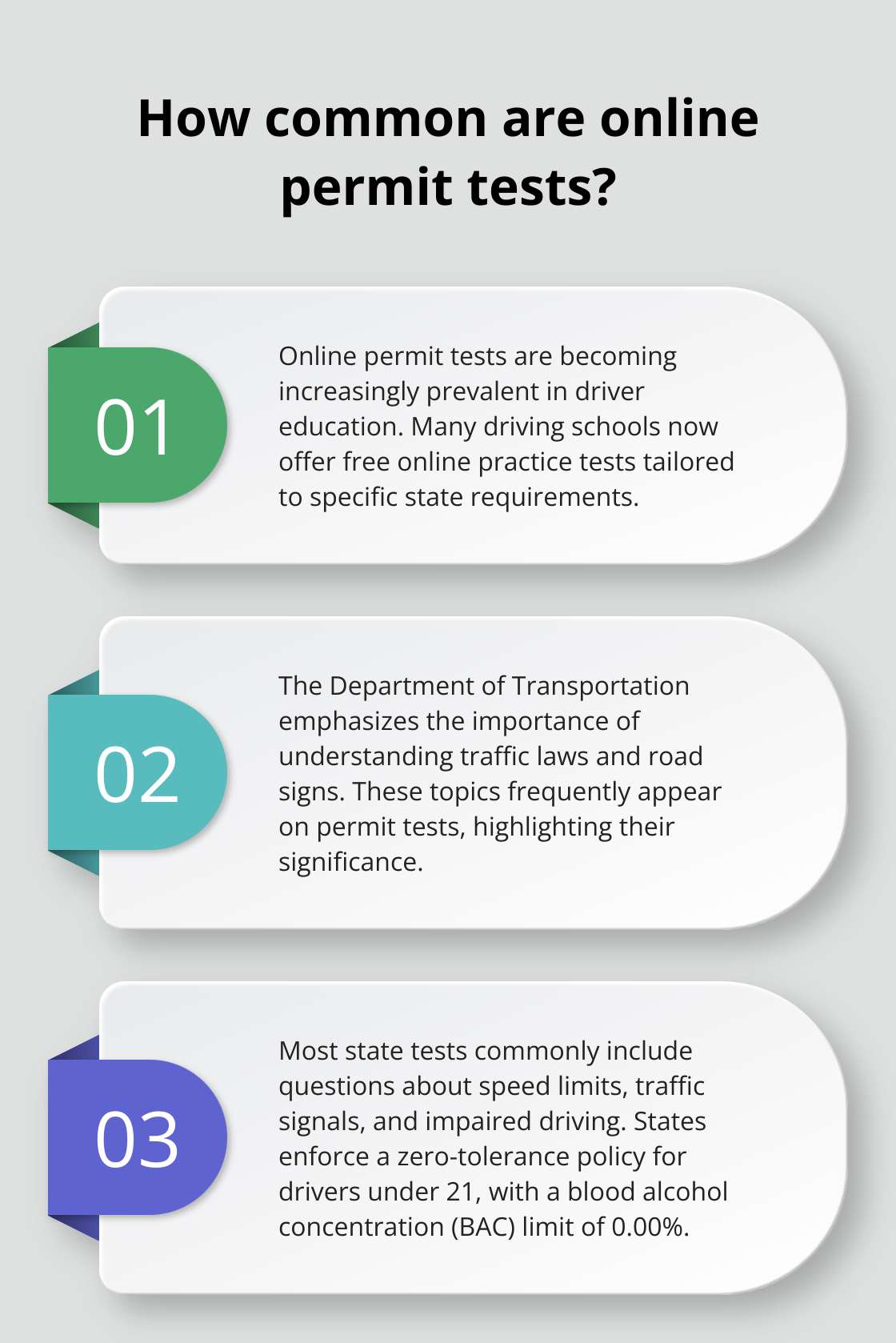
Final Thoughts
The online process to obtain a driving permit offers convenience and efficiency for aspiring drivers. You can save time, avoid long queues, and access all necessary information from home. This digital approach aligns with our connected world, making it easier for new drivers to start their journey.
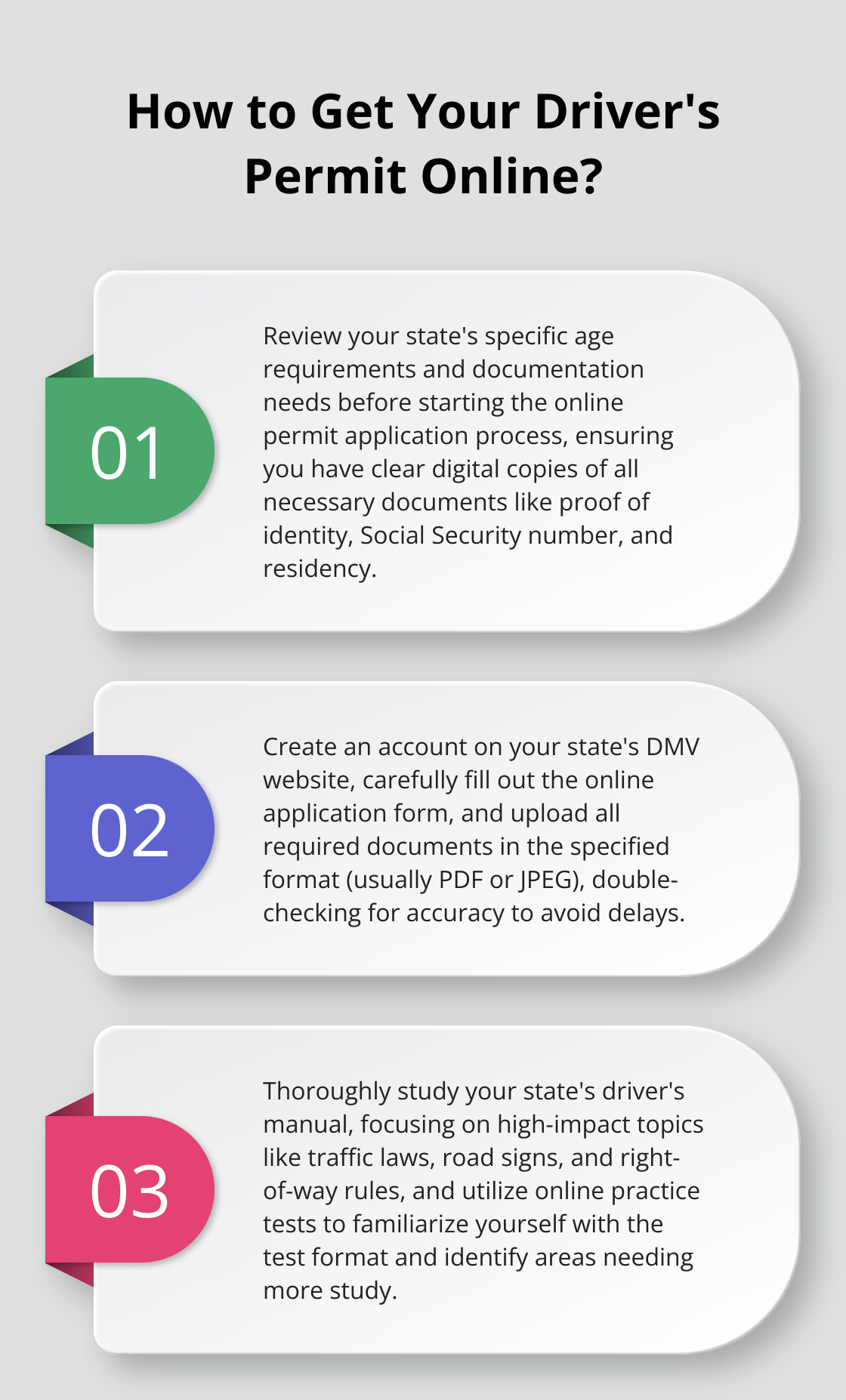
After you obtain your permit, you must practice driving regularly under supervision. This hands-on experience will develop your skills and confidence on the road. You should follow your state’s guidelines for permit holders to ensure compliance and safety.
We at The Wiser Driver Driving School offer a comprehensive driving permit course online to help you pass your test and become a safe driver. Our course provides state-required instruction, personalized lessons, and defensive driving techniques (all designed to prepare you for the challenges of the road). You can continue to study, practice, and seek guidance from experienced instructors to become a skilled and confident driver.



